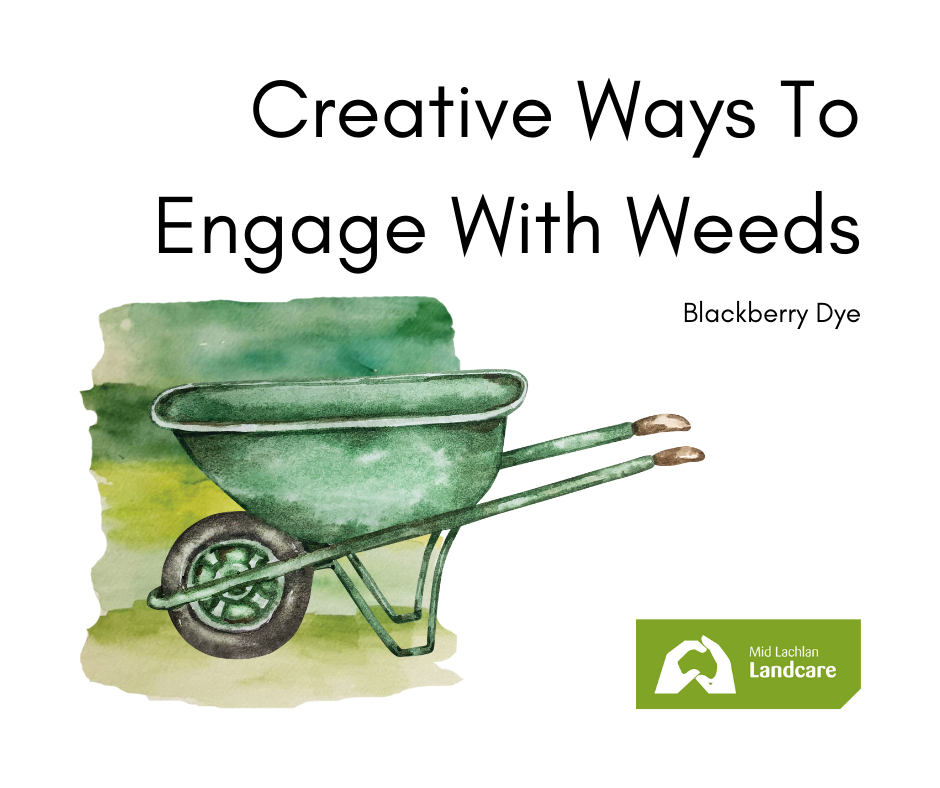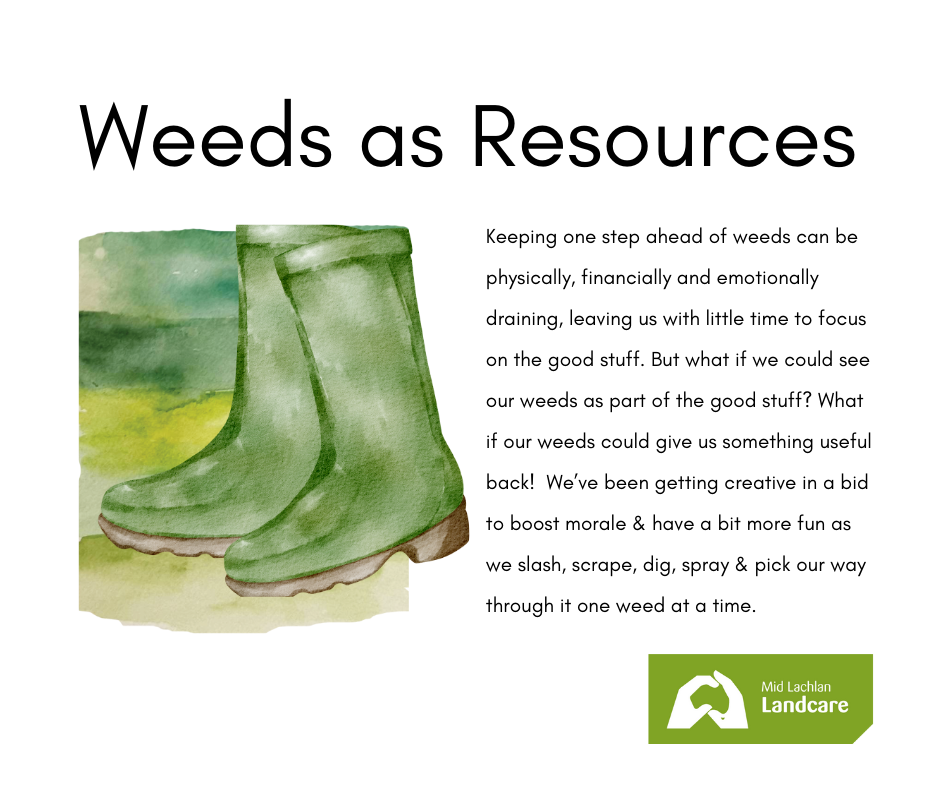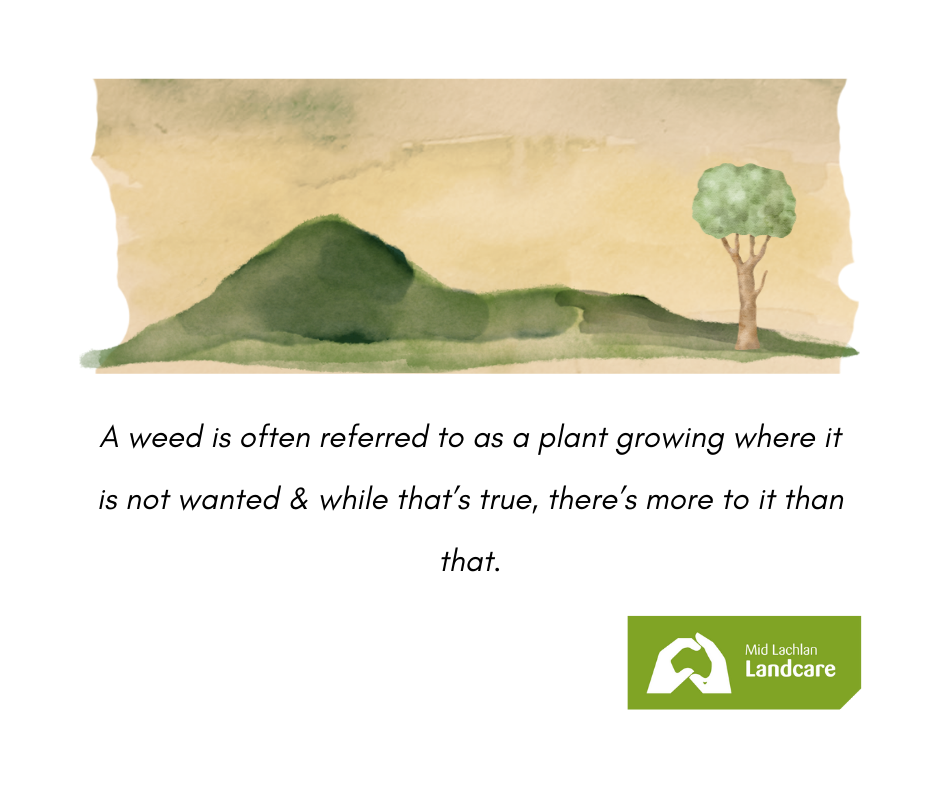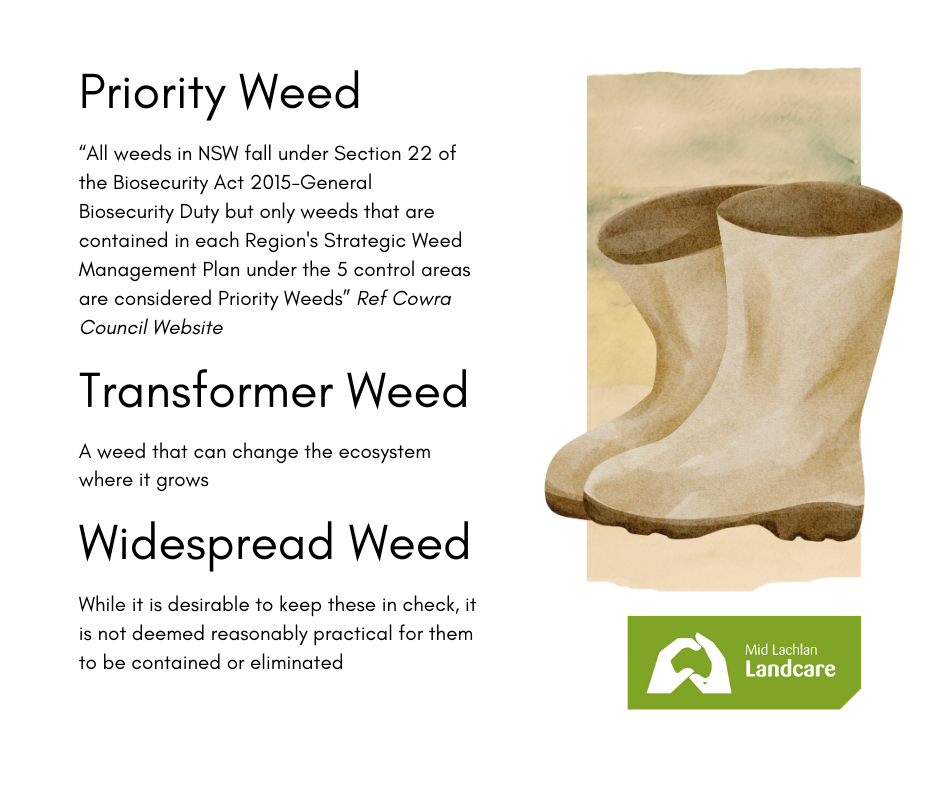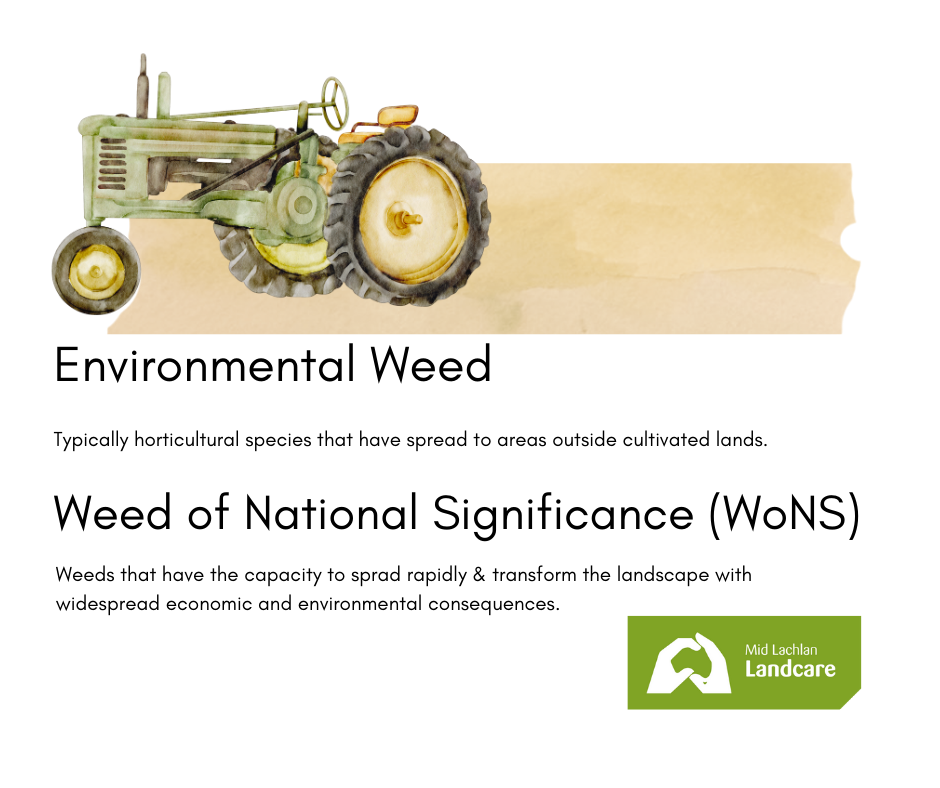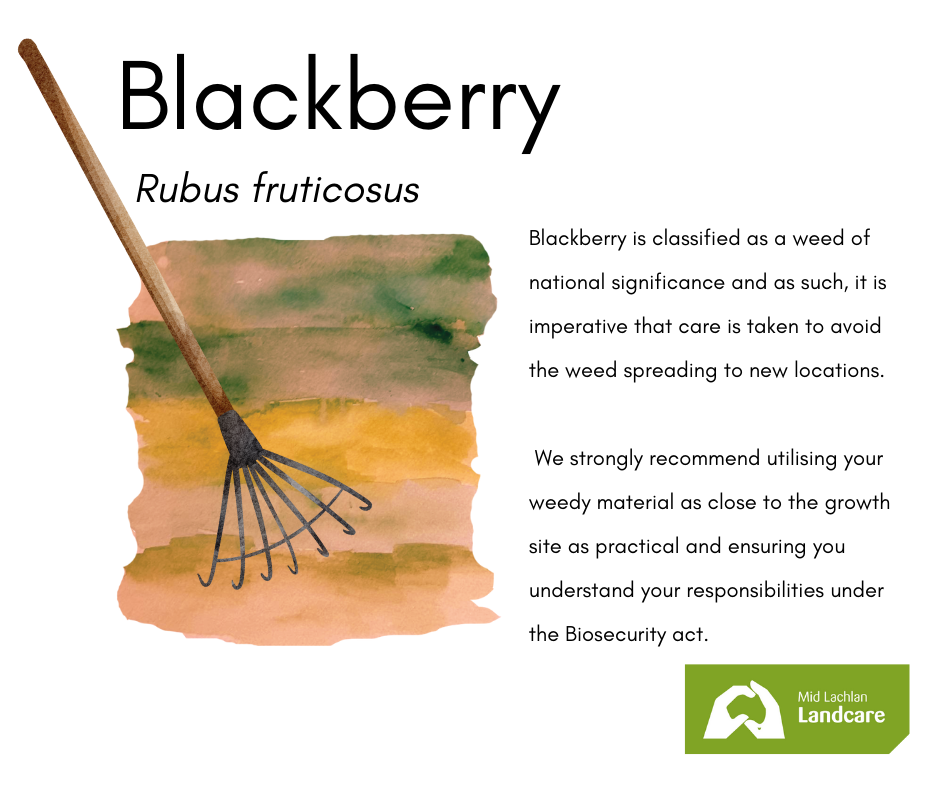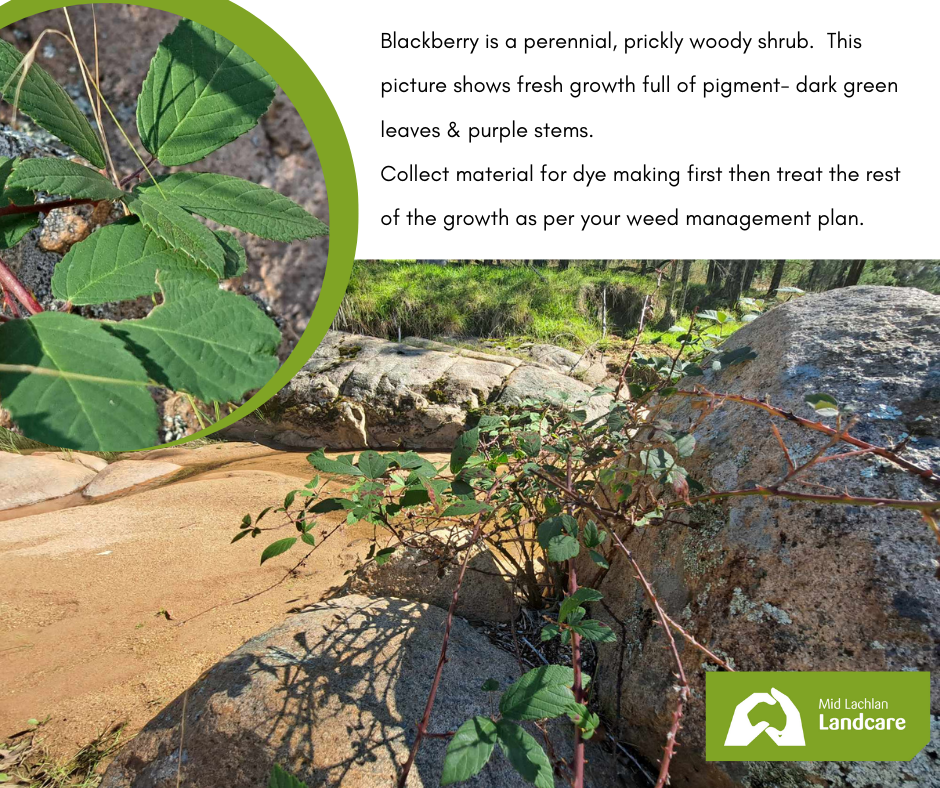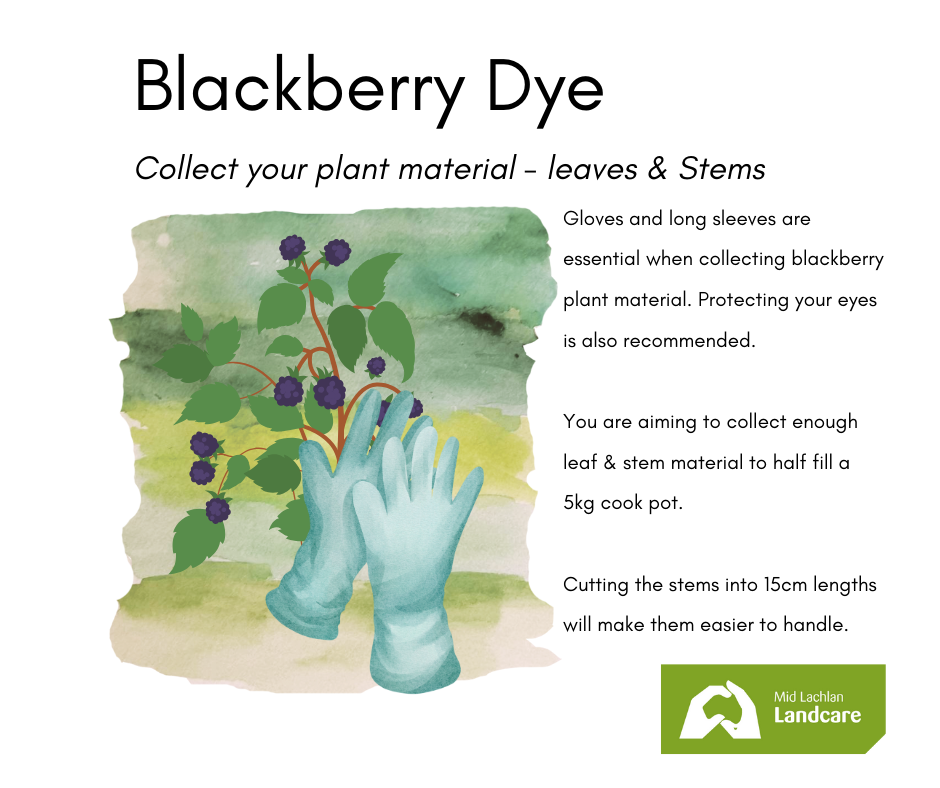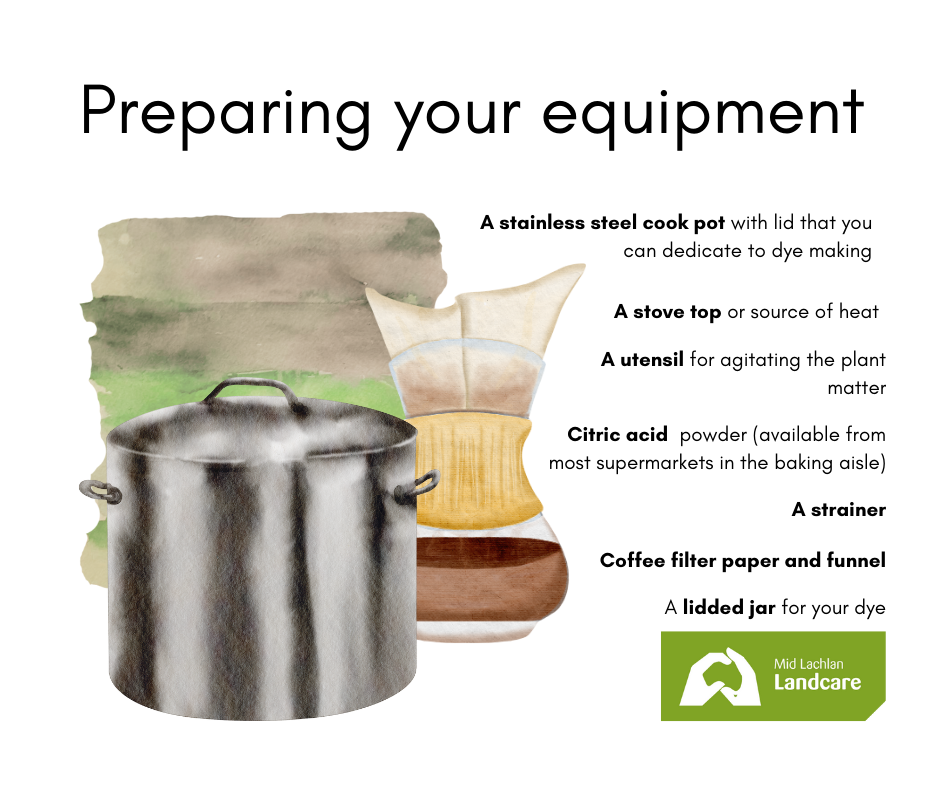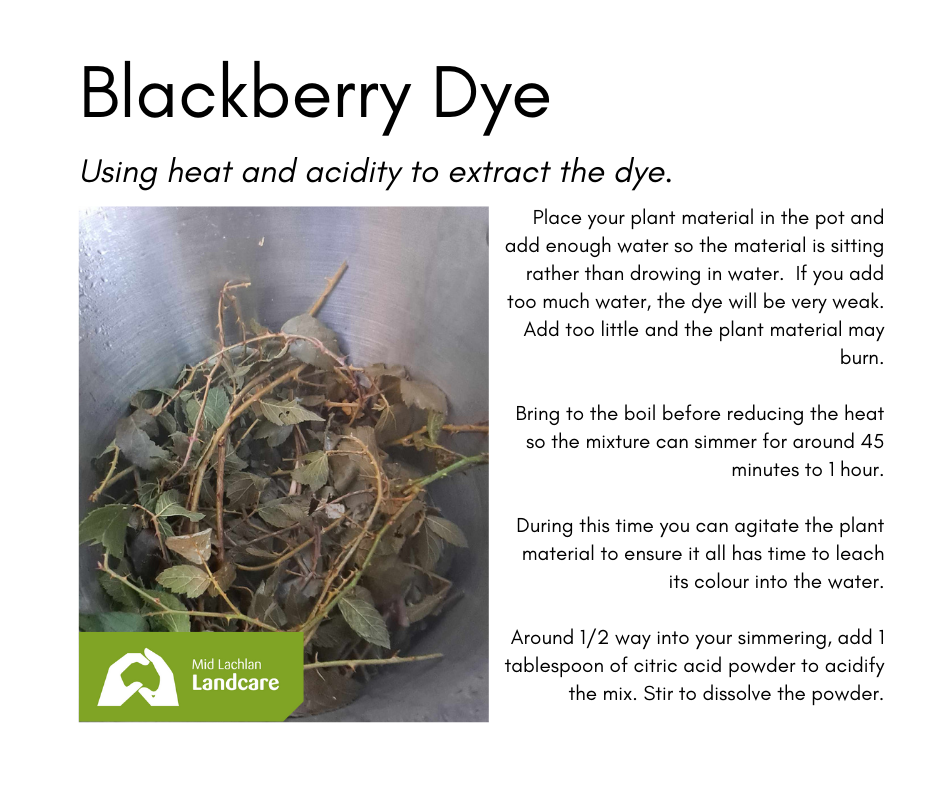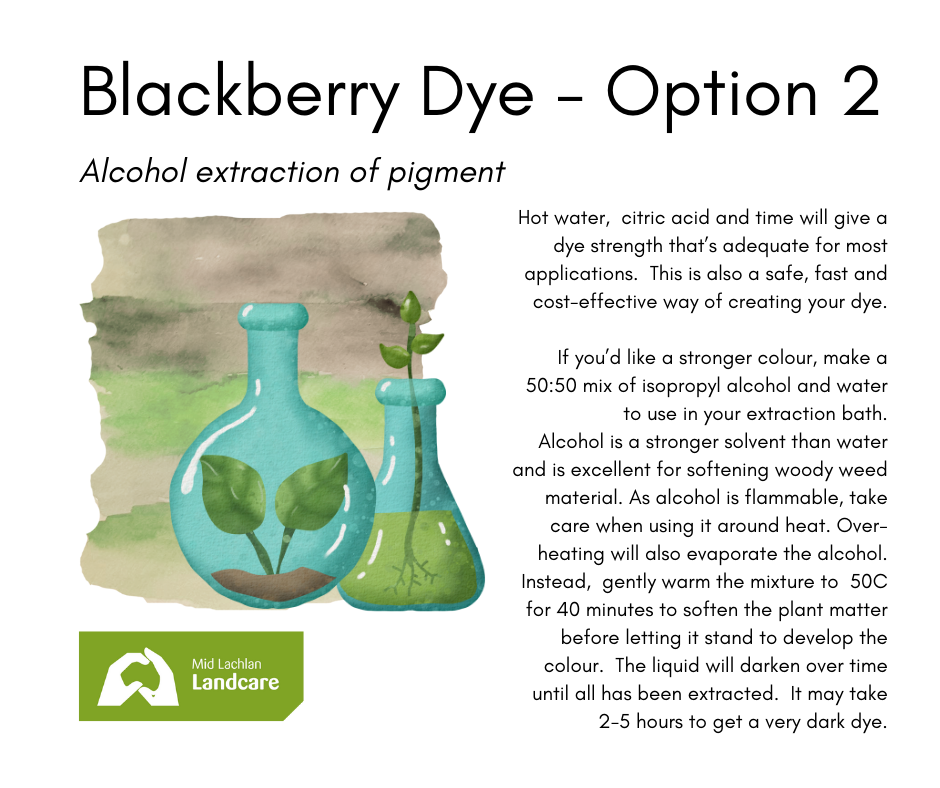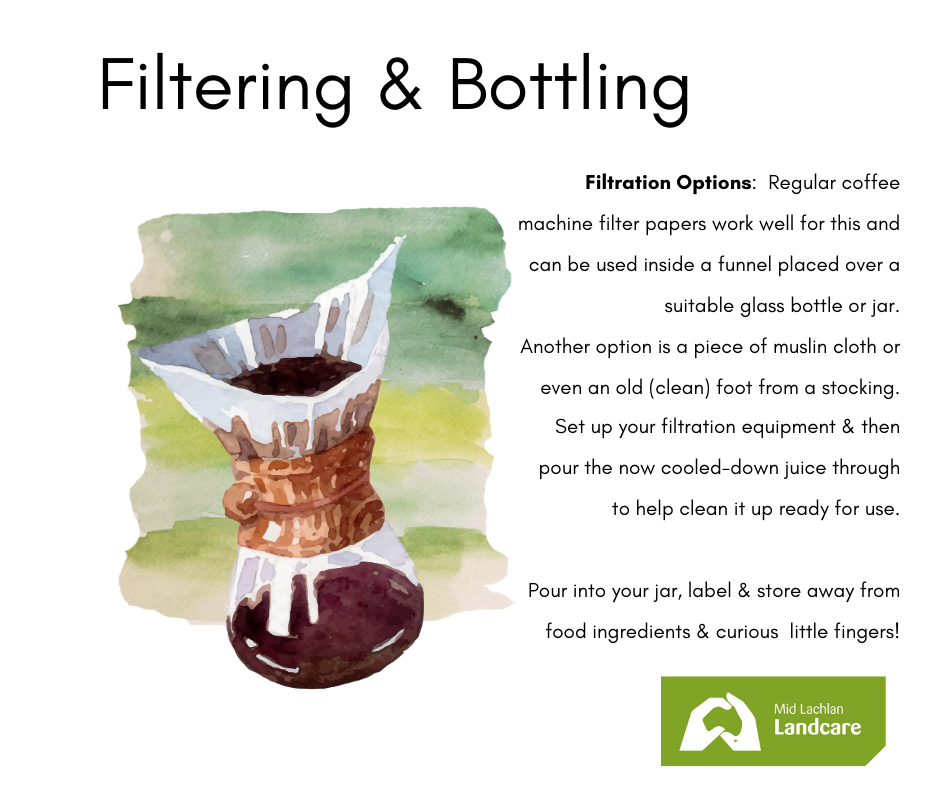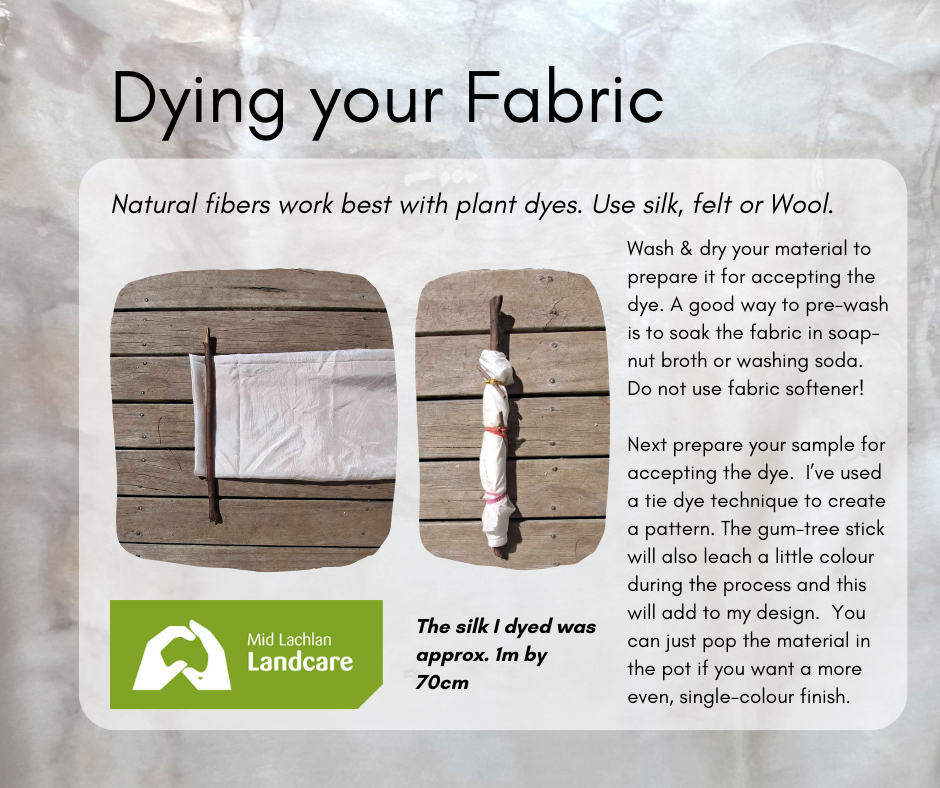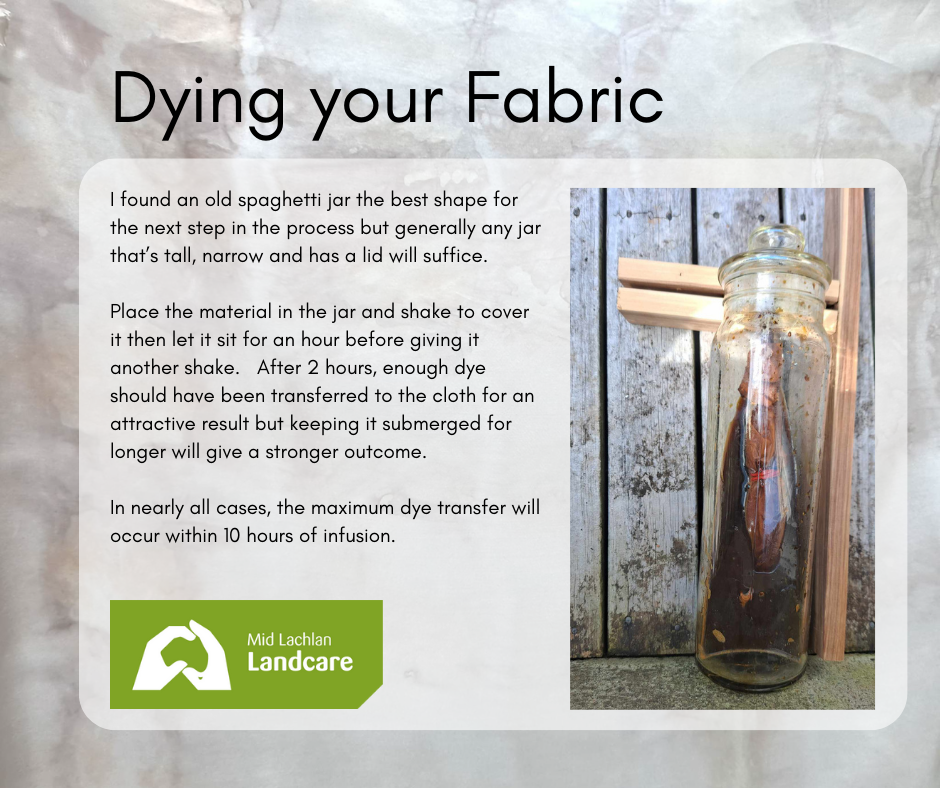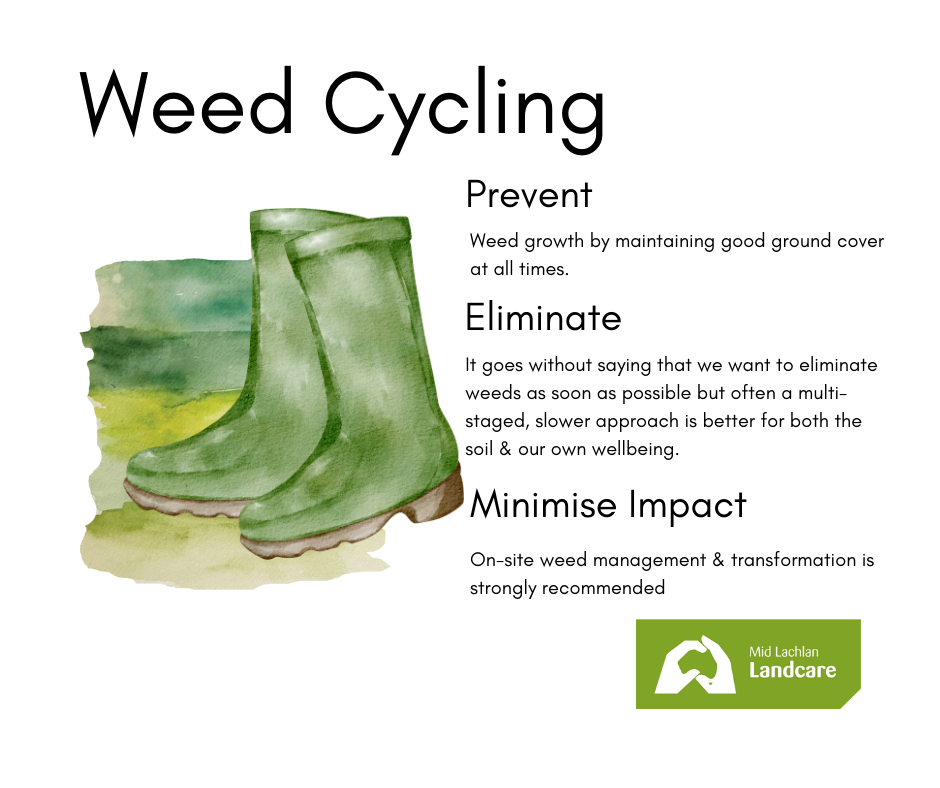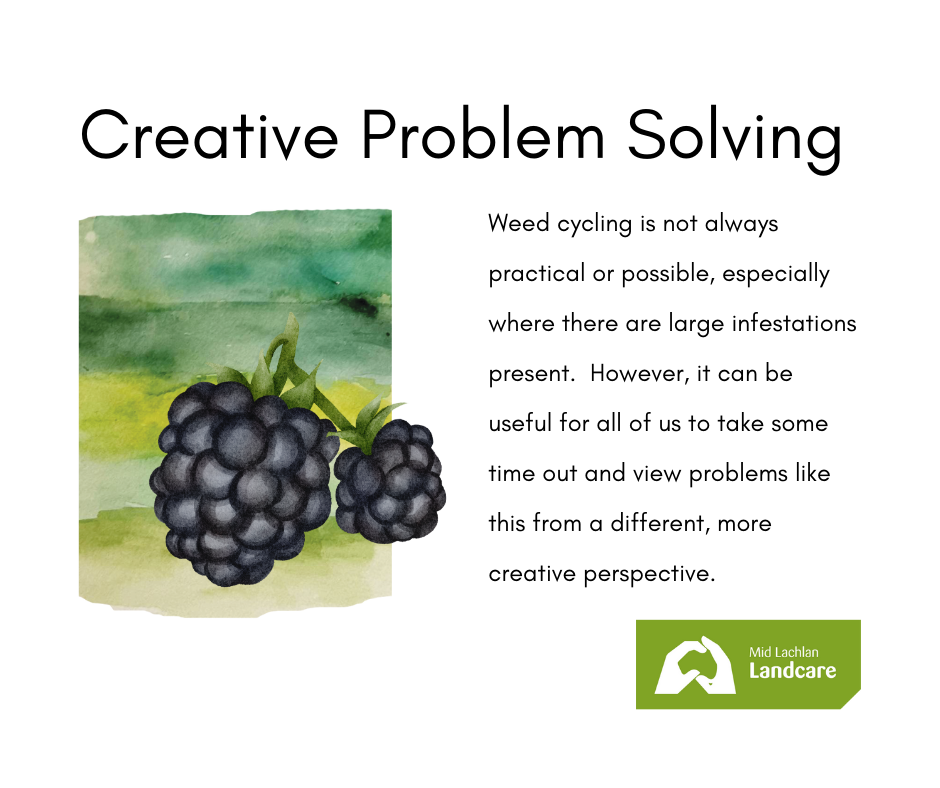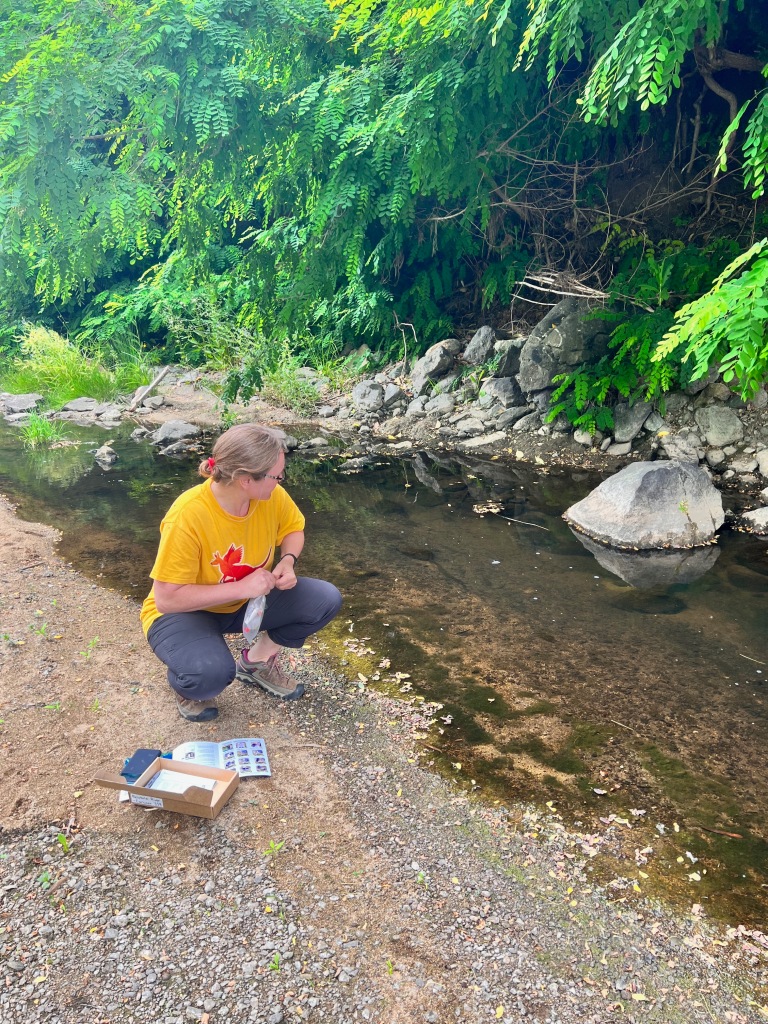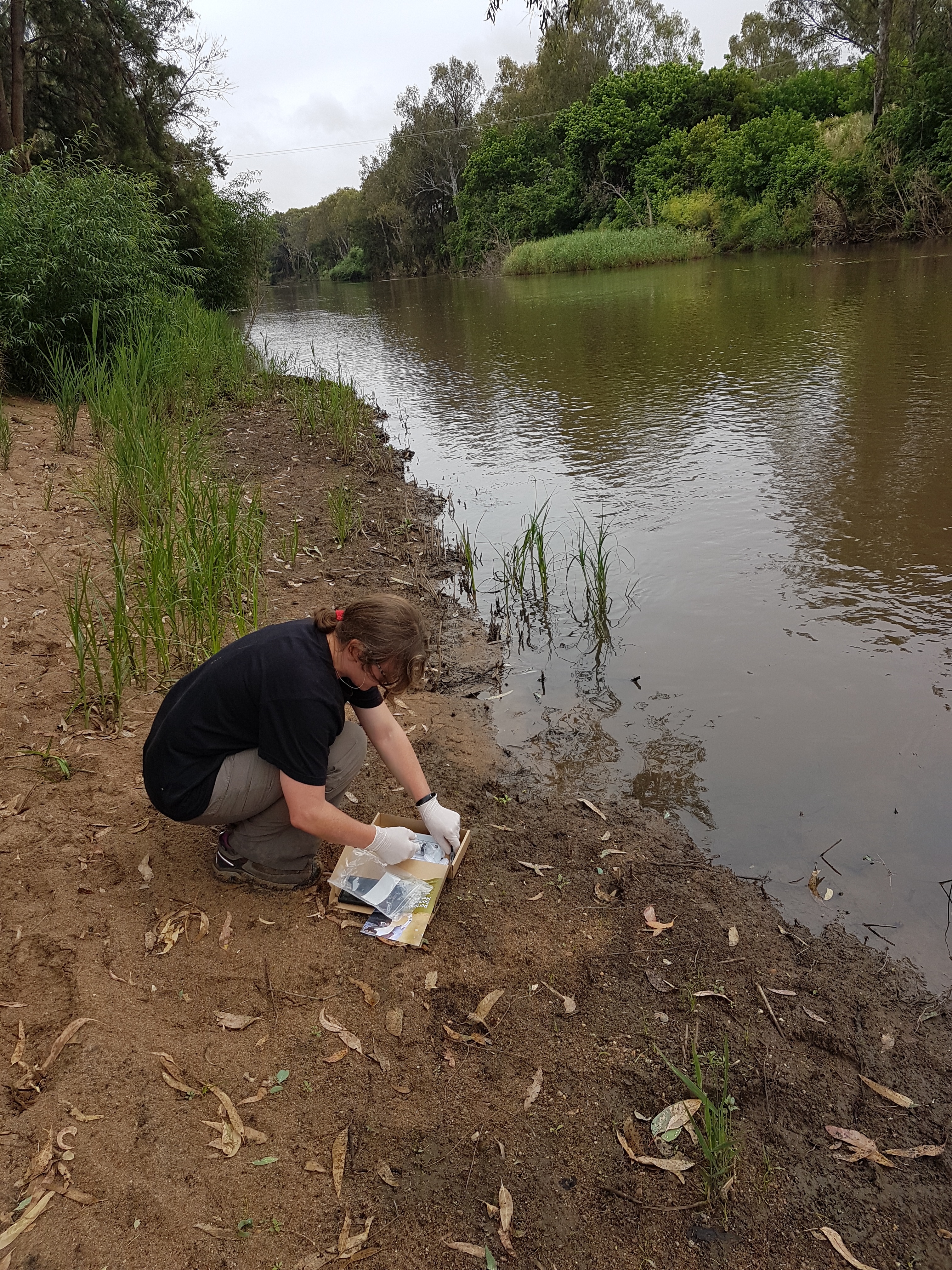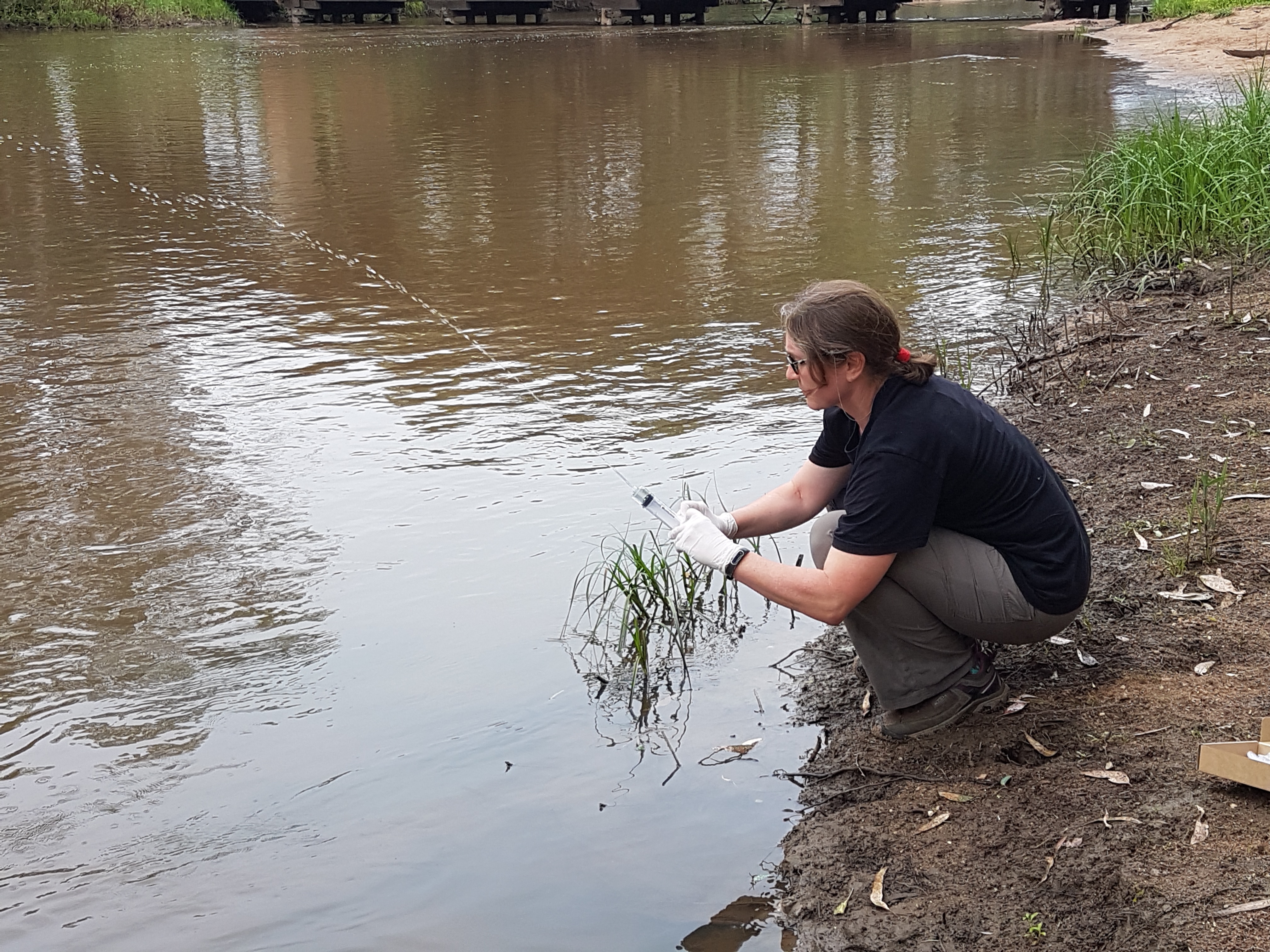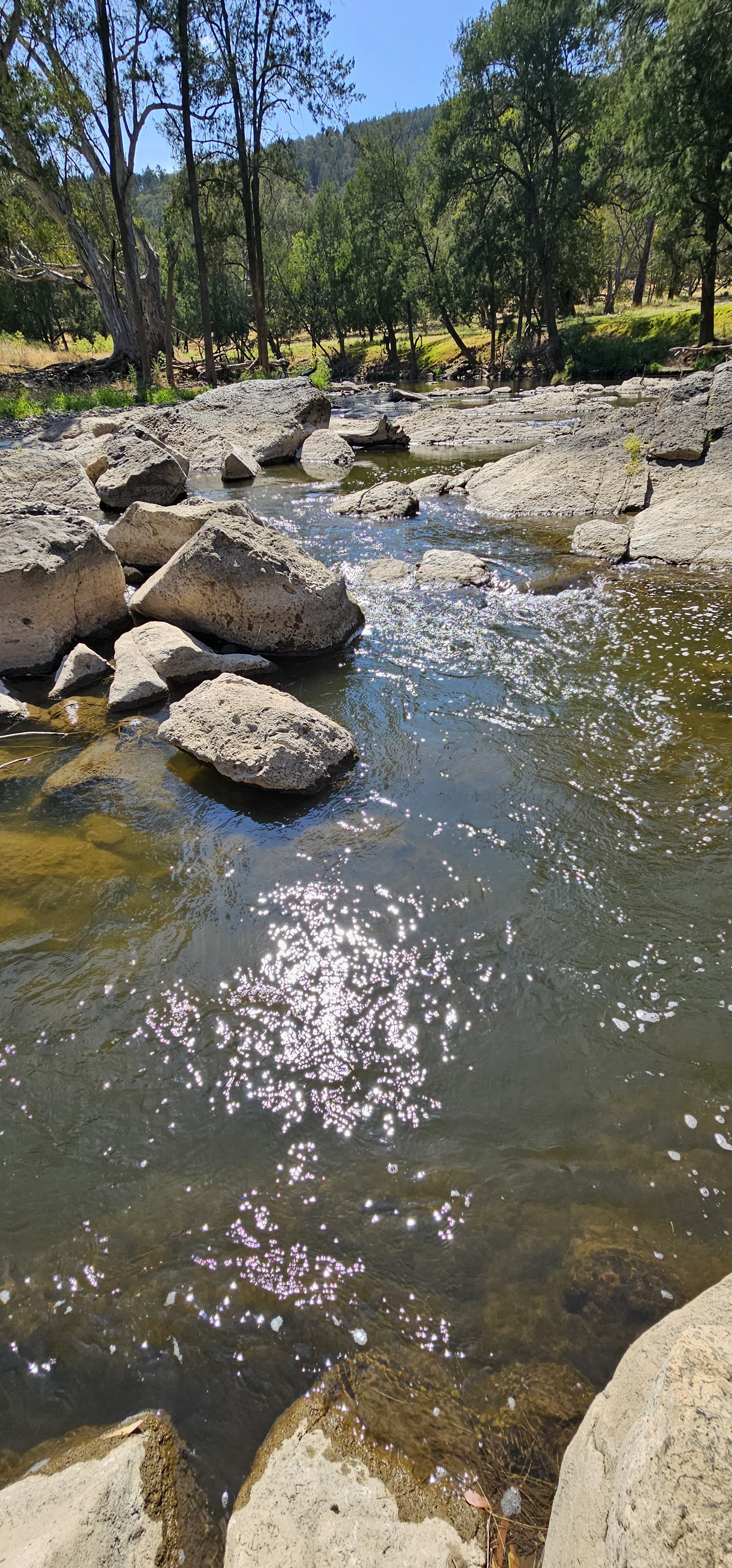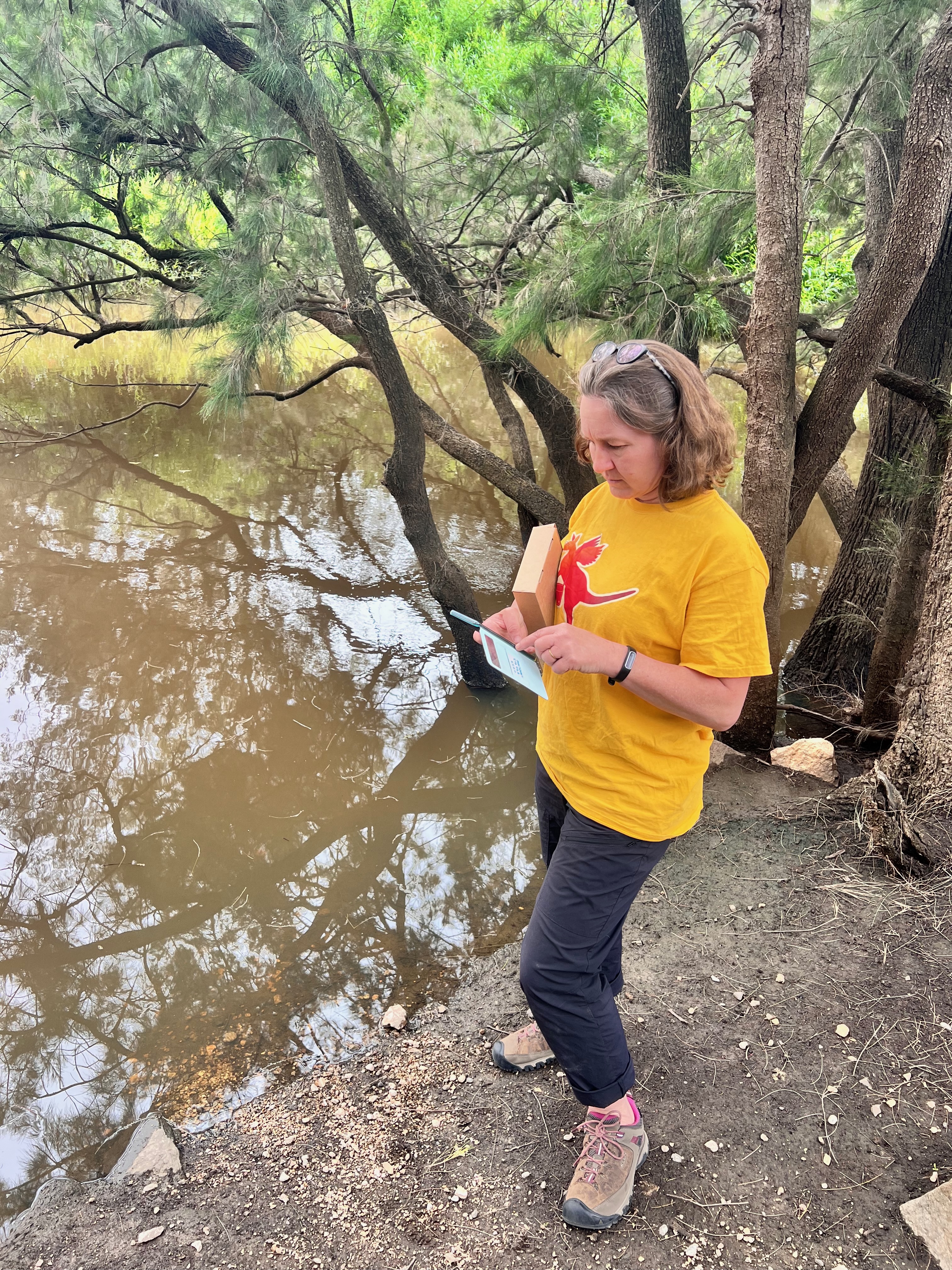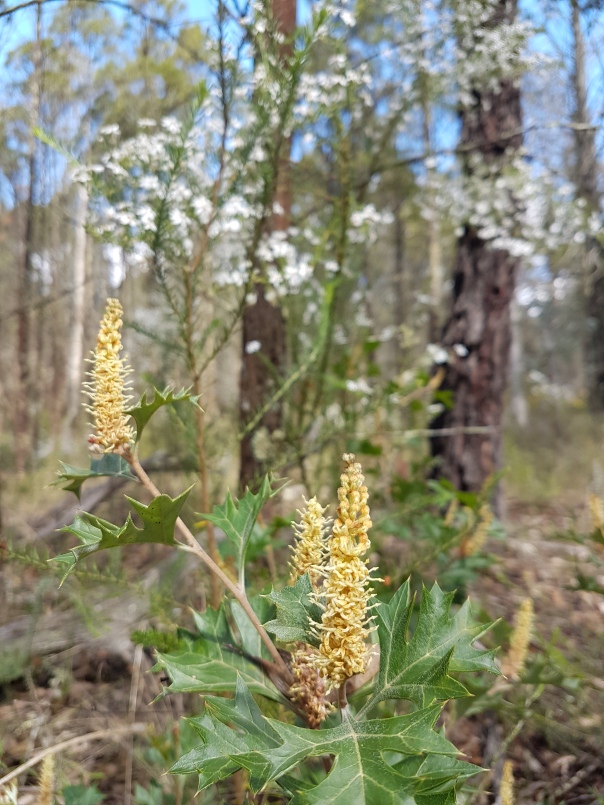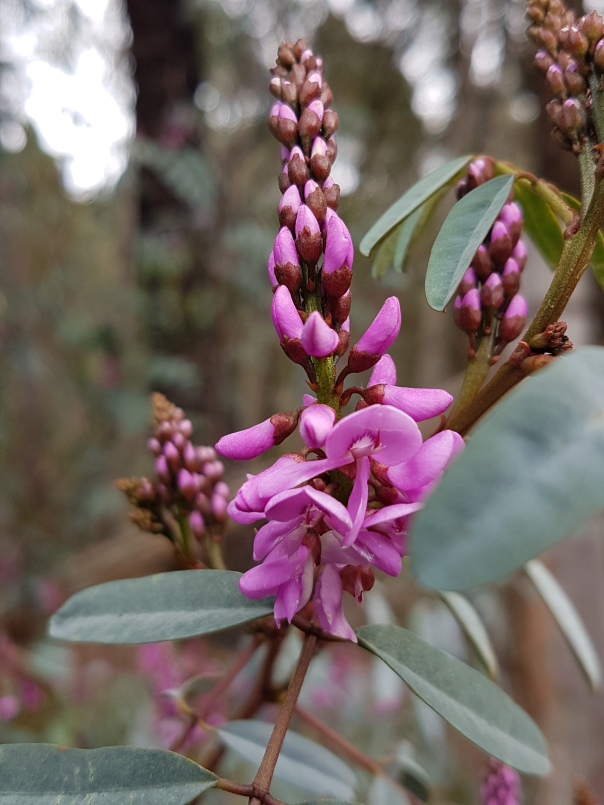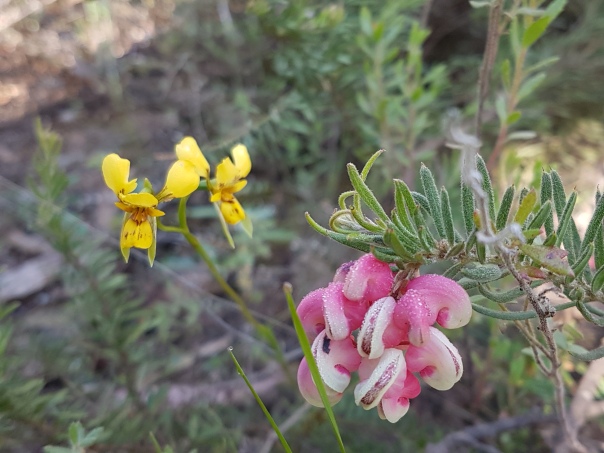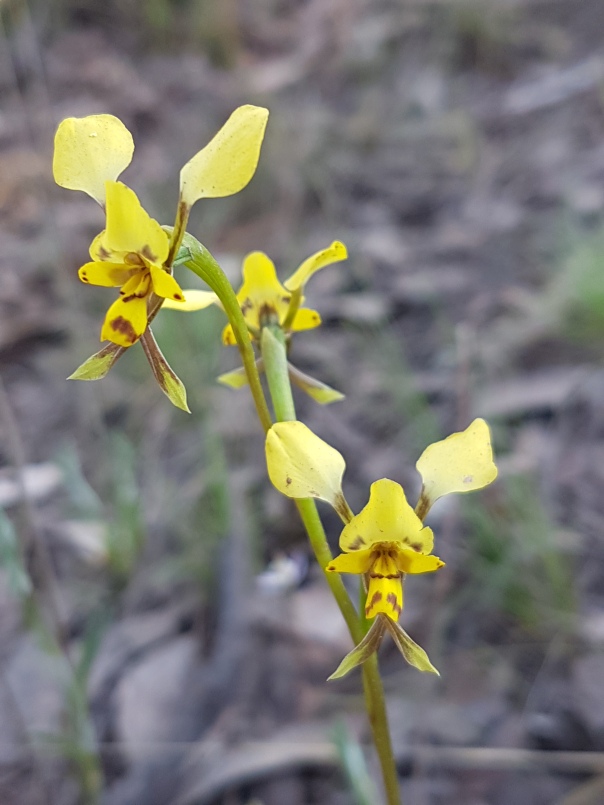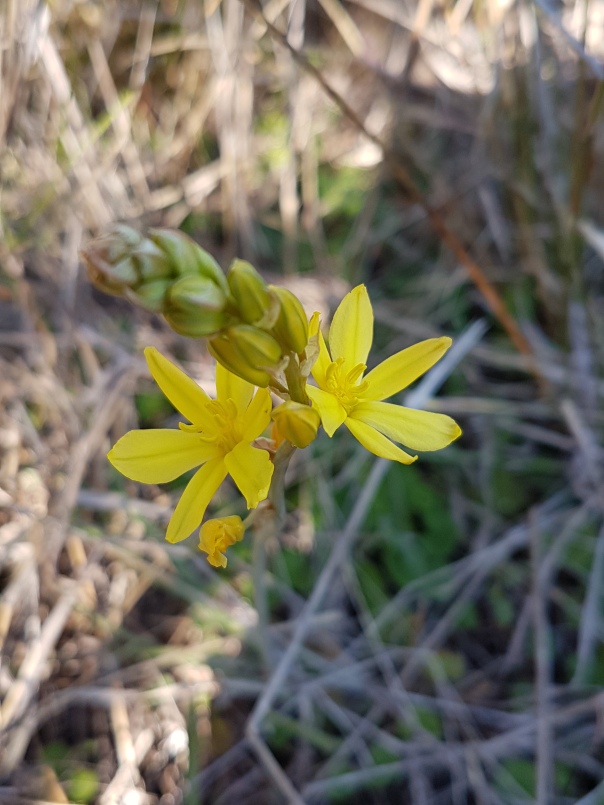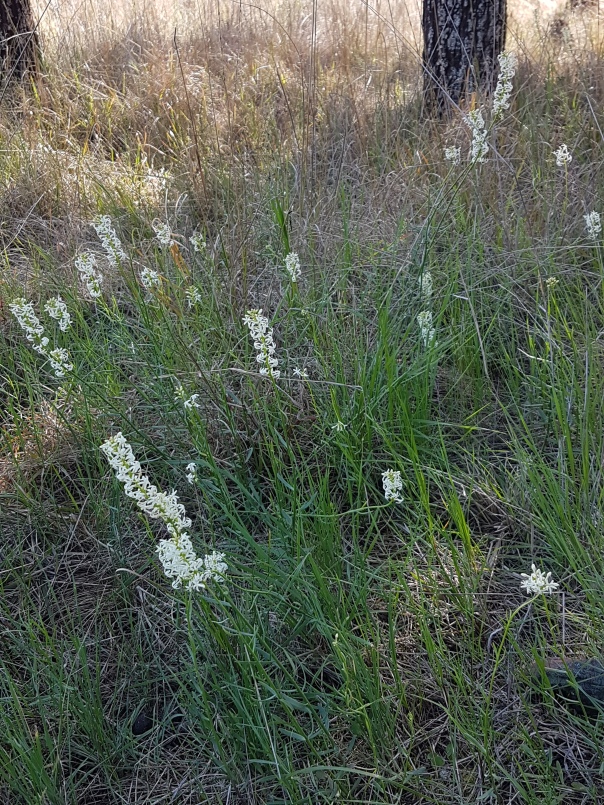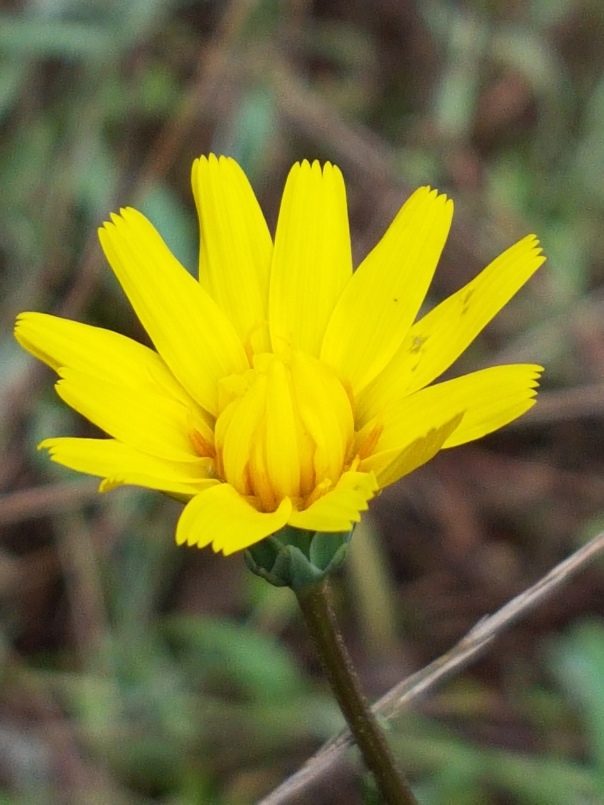Mid Lachlan Landcare
supporting sustainable agriculture and restoring the environment

Grazing Groups Catch-Up November 2023 Report
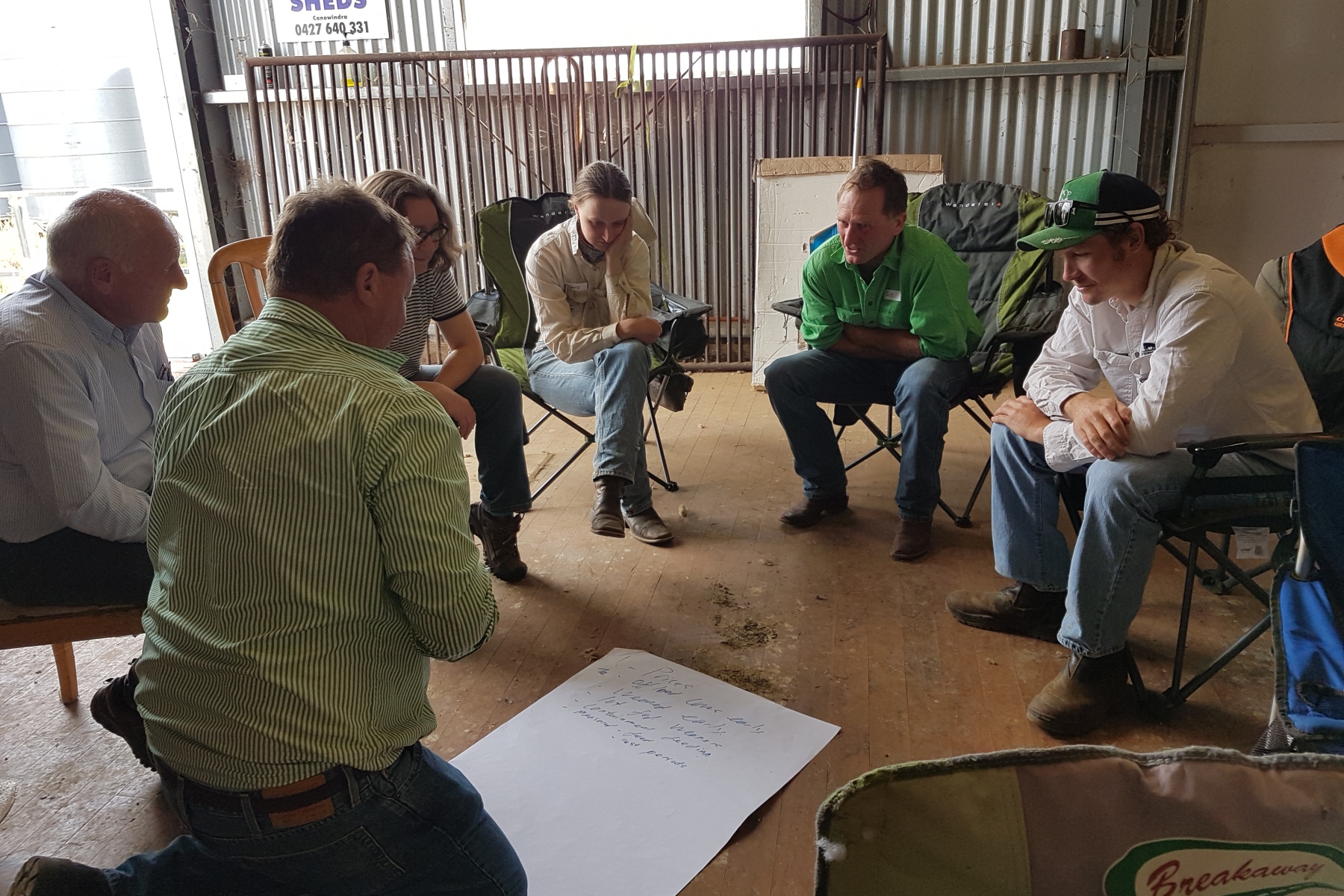
As a part of this day we covered the below three questions to get us all thinking about the upcoming potential dry season.
- What worked well in your business during the last dry time?
- What did not work well for you in the last dry time?
- How are you using your experience from past dry times to make decisions now?
These are great questions for anyone to be considering currently and we encourage everyone to answer these questions for themselves. Below are some of the answers from the group which could help when you need to start making decisions if the current weather conditions persist.
- What worked well in your business during the last dry time?
- Feed budgeting – grass inventory regularly measured
- Prices – Opportunity
- Graze in 1 group – single mob
- Confinement Feeding
- Early weaning
- Cutting expenses
- Peer network – grazing meetings – support network
- Outside advice
- Grazing charts/plan – helped with decision making
- Destocking early – after feed budgeting
- Diversifying the business
- Knowing your long-term goals
- Leaving good ground-cover allowed early opportunities when rains came
- What did not work well for you in the last dry time?
- Stress
- Letting emotions get in way of making decisions / love stock / not wanting to sell them
- Not early weaning
- Delaying decision making for too long
- Buying hay
- Maintenance Feeding
- Cashflow reduced
- Benchmark was too high on grazing planning
- Restocking decisions (high prices of stock delay getting back into market)
- Holding on to stock for too long
- Water infrastructure
- How are you using your experience from past dry times to make decisions now?
- Utilising the feed budgeting, trusting grazing charts and making decisions
- Not thinking about what will happen if it does rain. More important to think what if it doesn’t rain.
- Using technology to aid in decision making
- Leaving feed, maintaining groundcover
- Preparing early
- Working on being rain ready
- Taking the time to plan better
- Grass monitoring – more experience this time
- Upgrading water infrastructure
- Not being too optimistic in business planning
- Flexibility in enterprise in order to take advantage of opportunities
- Matching stocking rate to available grass now
We would like to thank Matt & Tamara Pearce for opening their farm to attendees, Andrew Dowd from RCS – Resource Consulting Services and Mid Lachlan Landcare’s very own Scott Hickman and Andrew Wooldridge for facilitating the event. If you have any questions or want to find out more about any of the things listed above please contact us midlachlanlandcare@gmail.com
RCS Consulting Services also have a free on-line course running at the moment which may be of interest RCS Drought Preparedness.
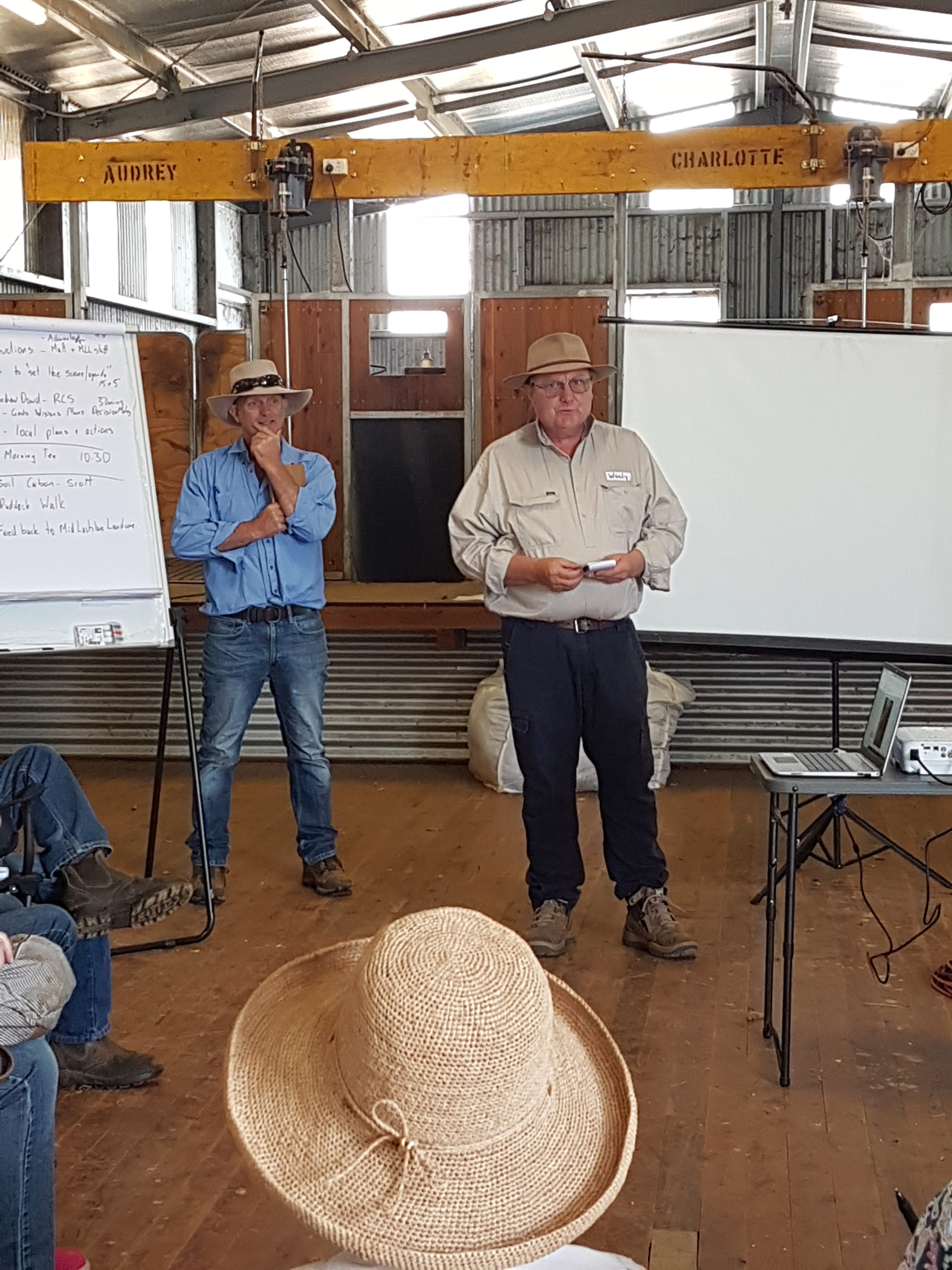
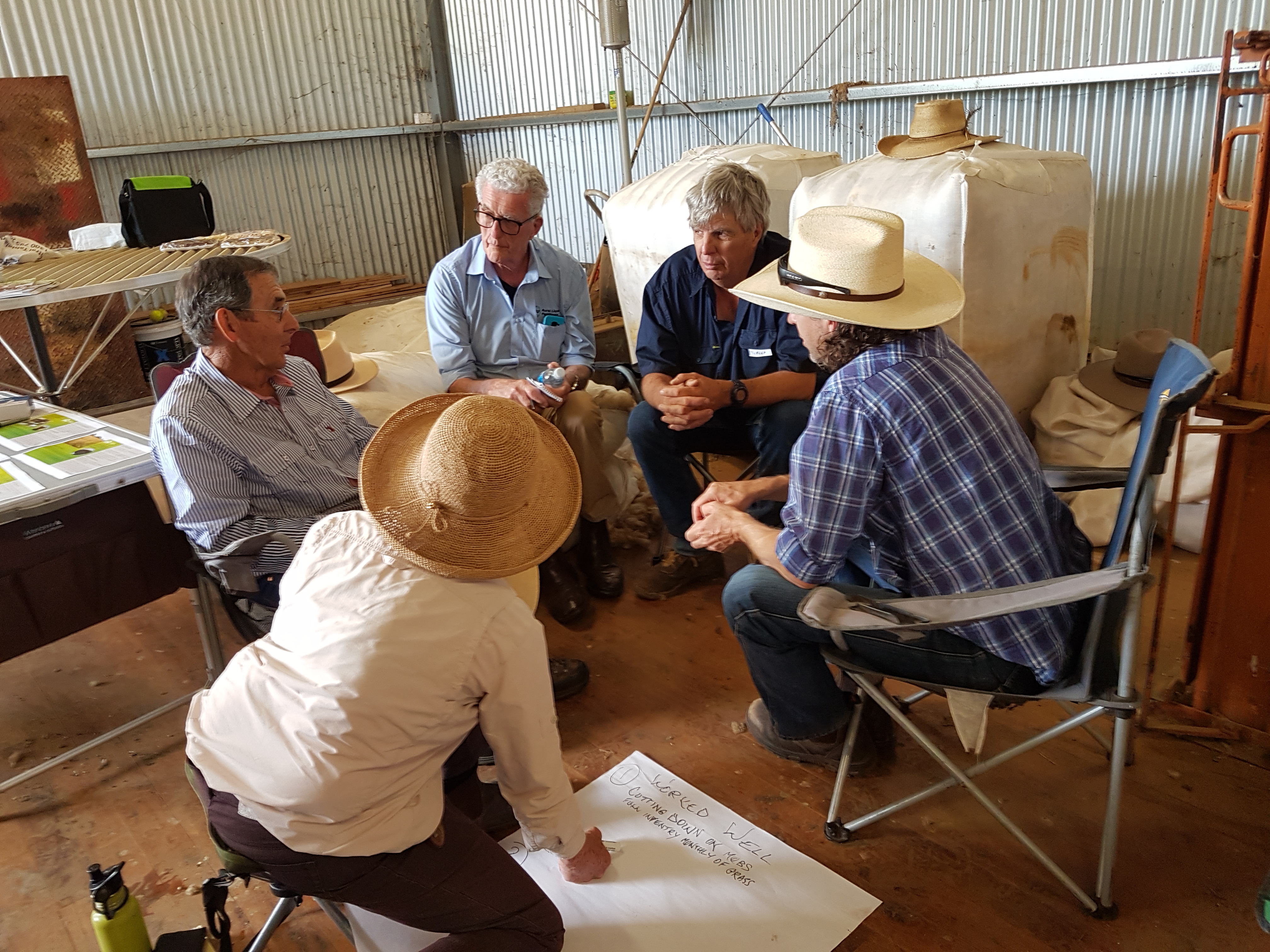
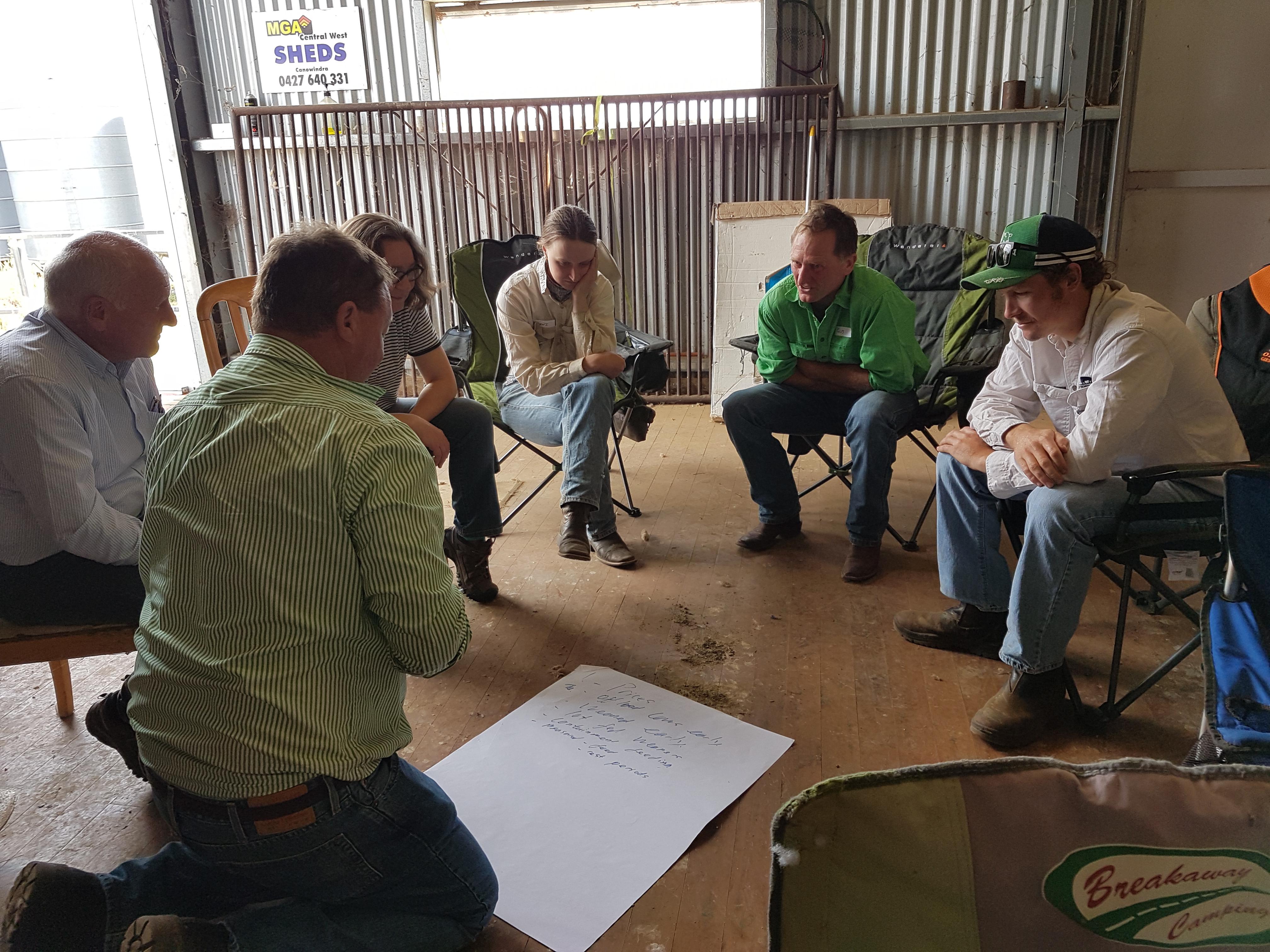
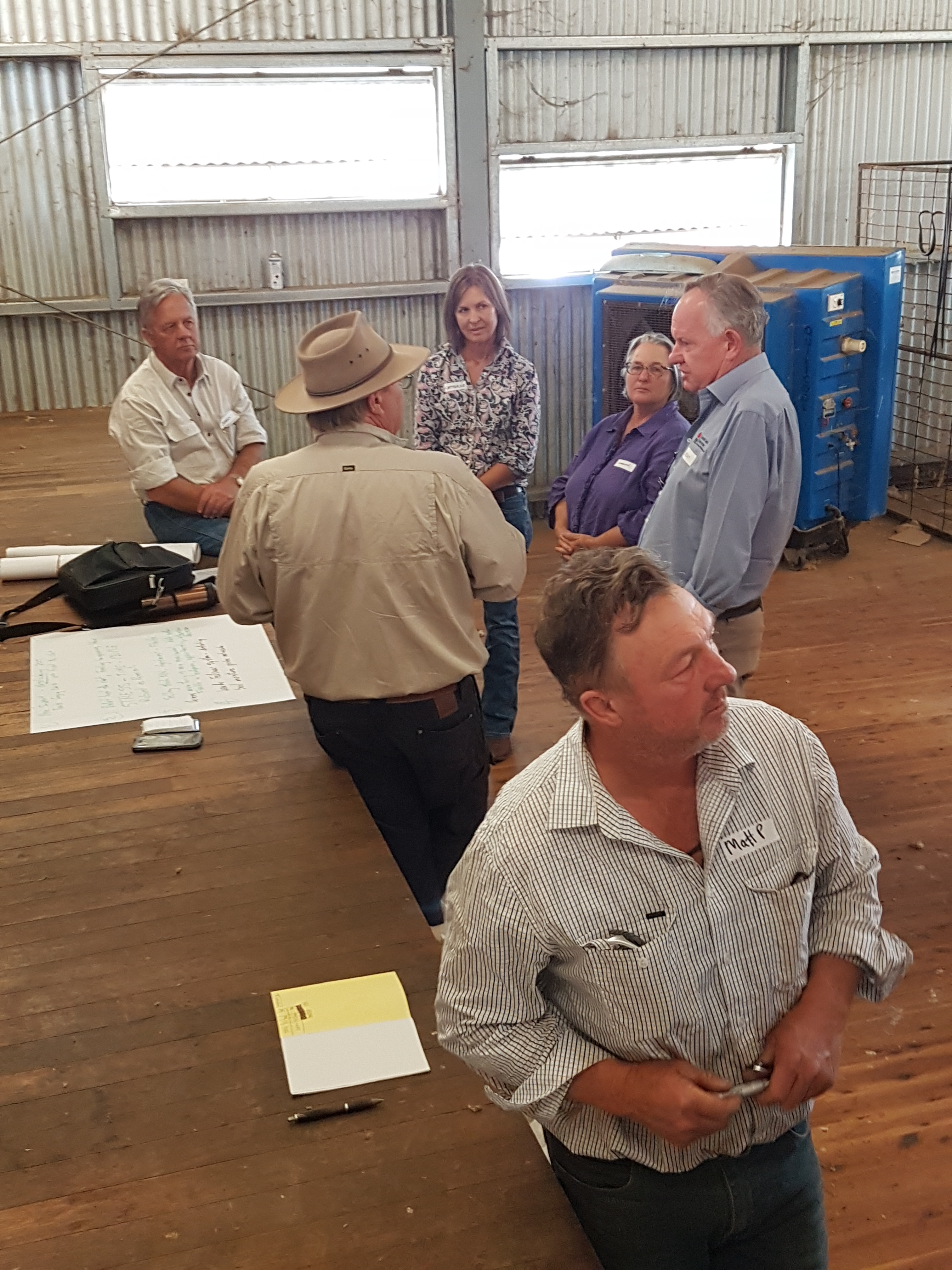
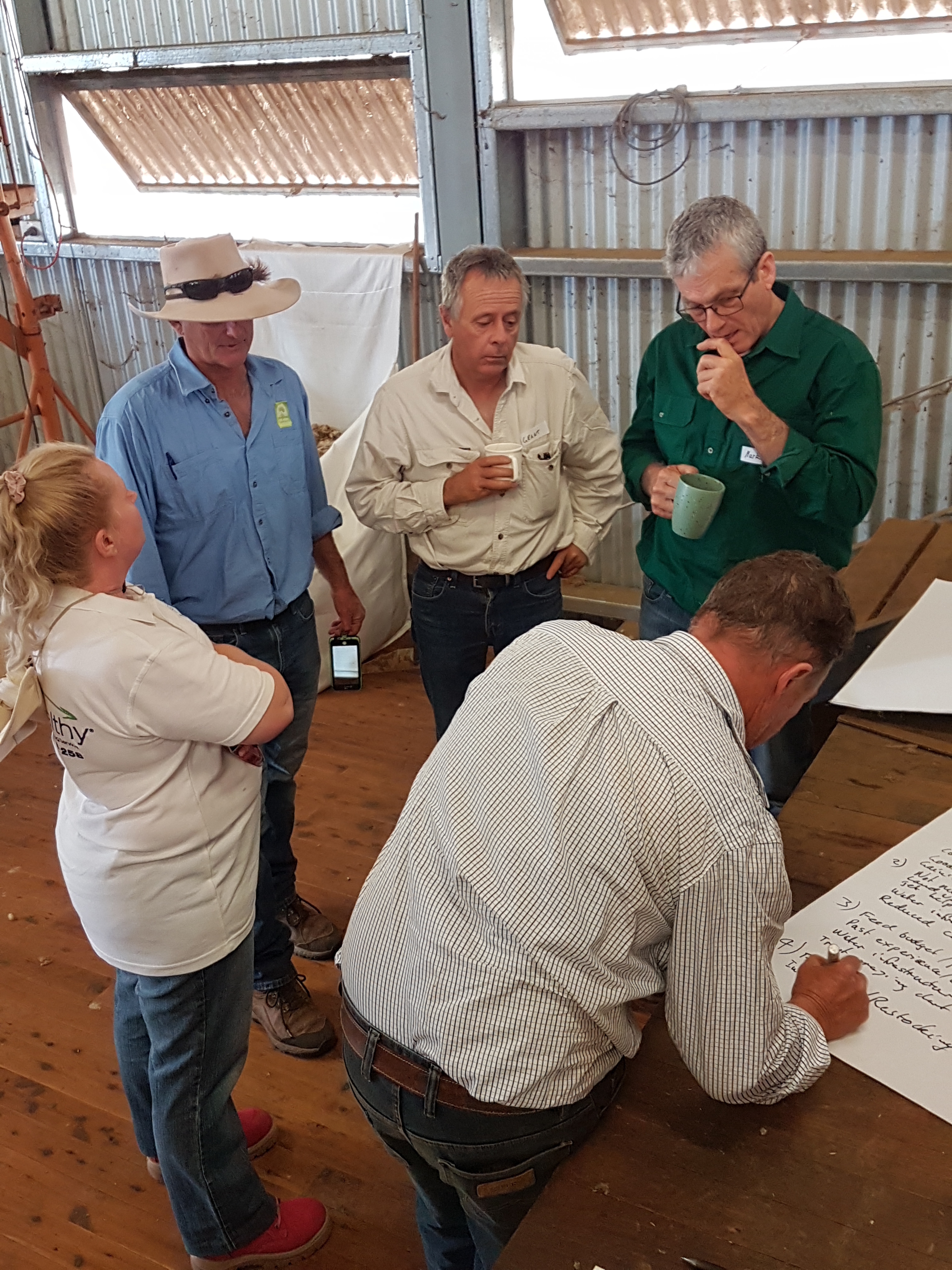
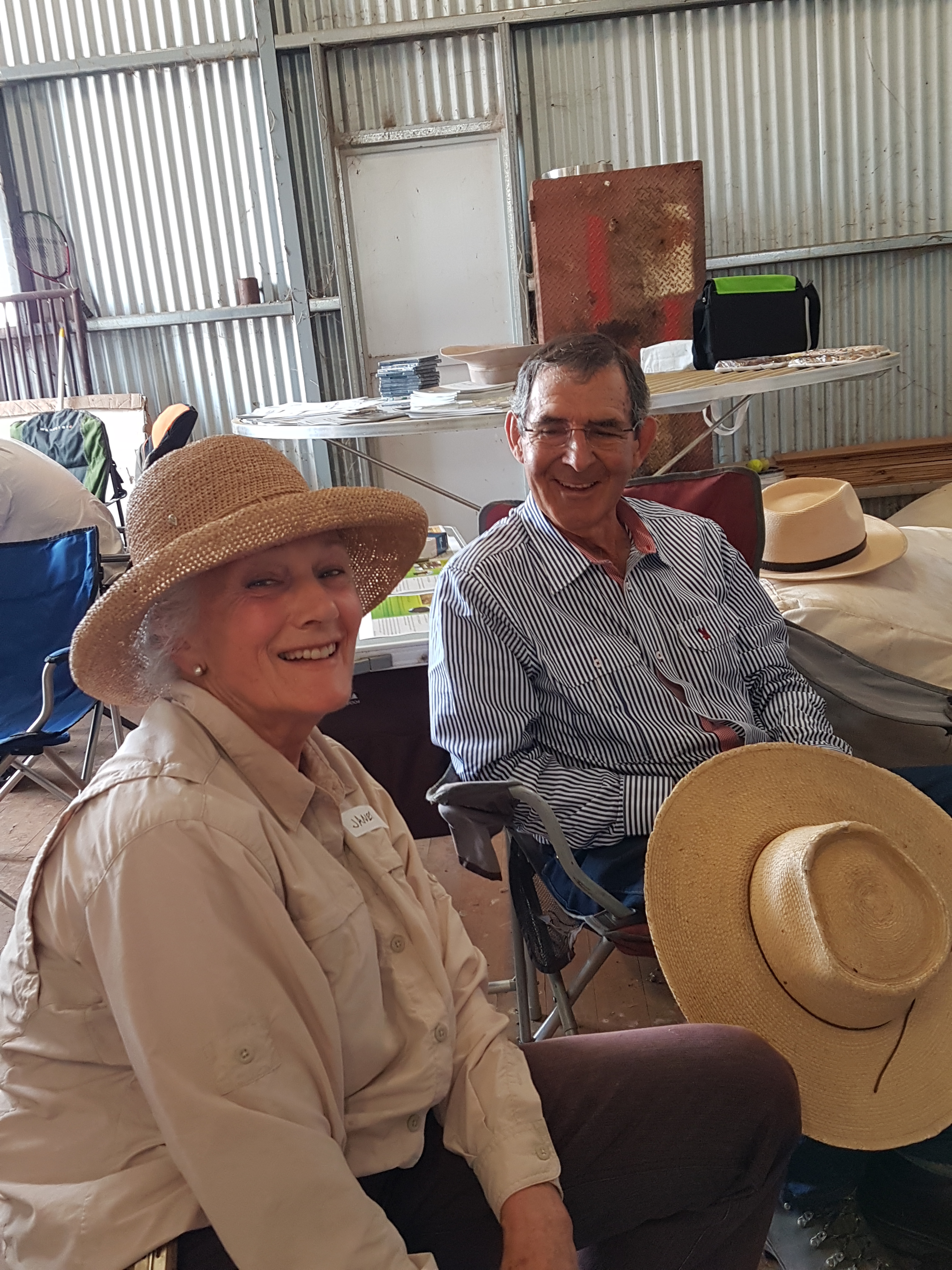
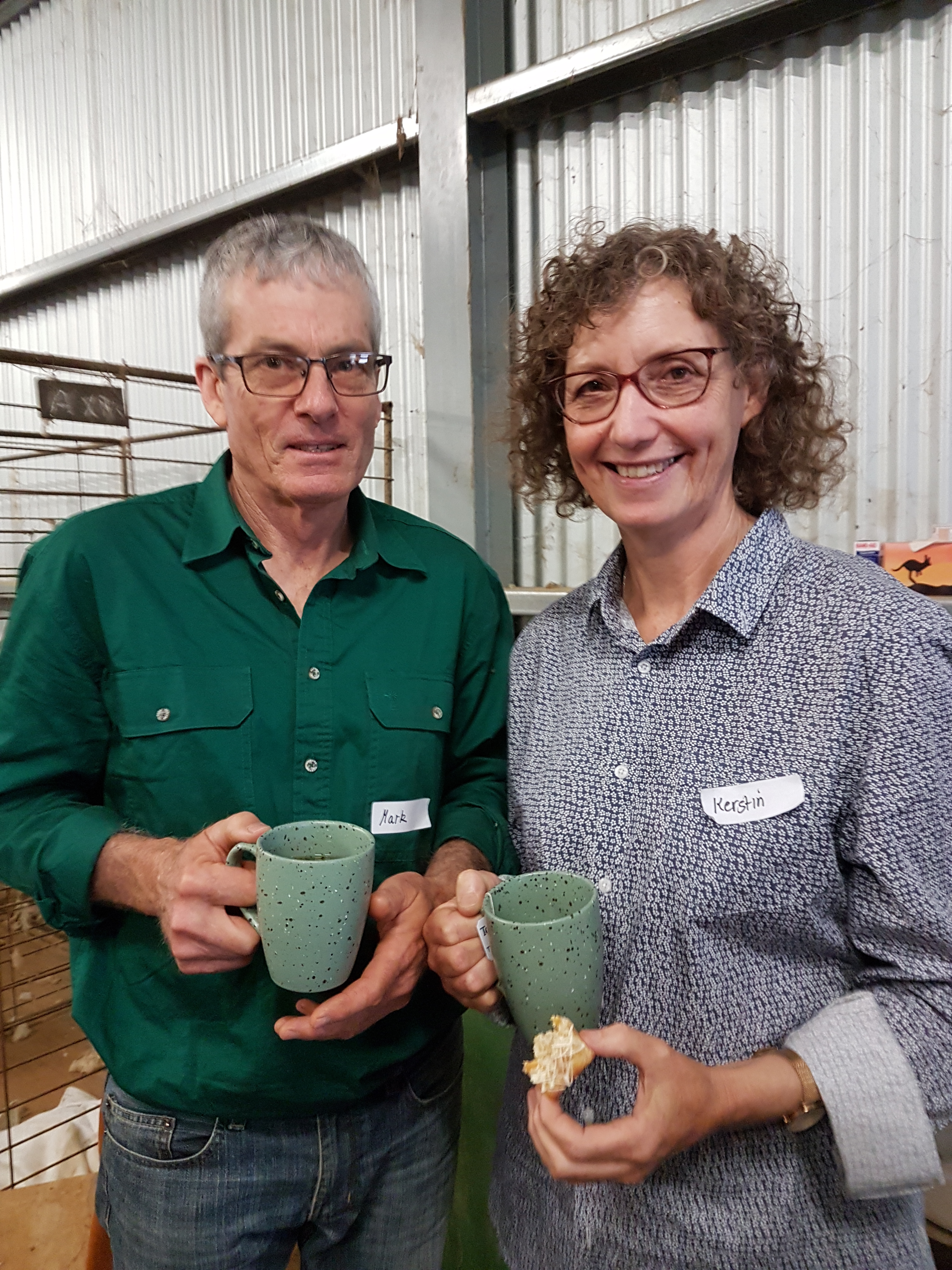
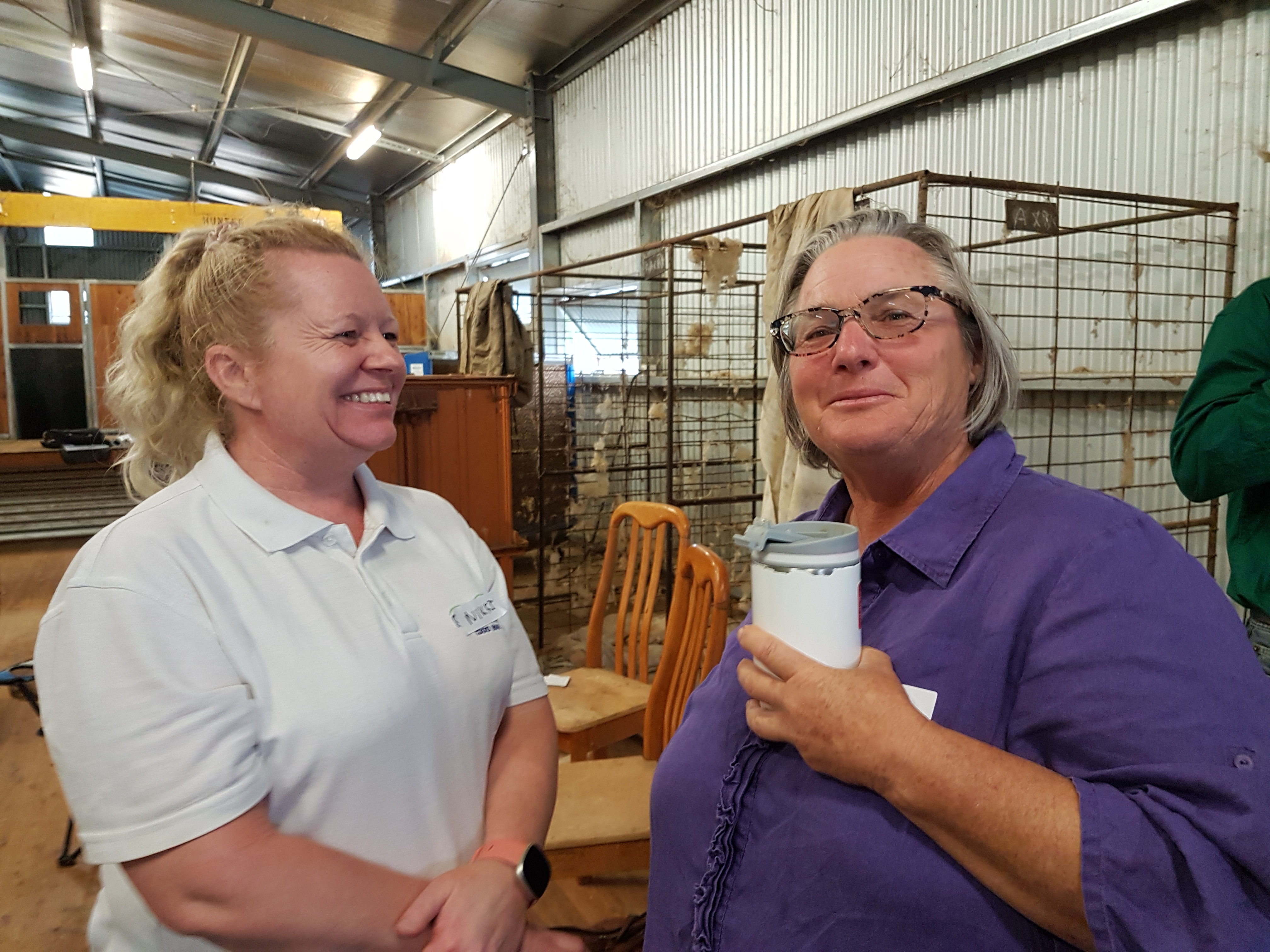
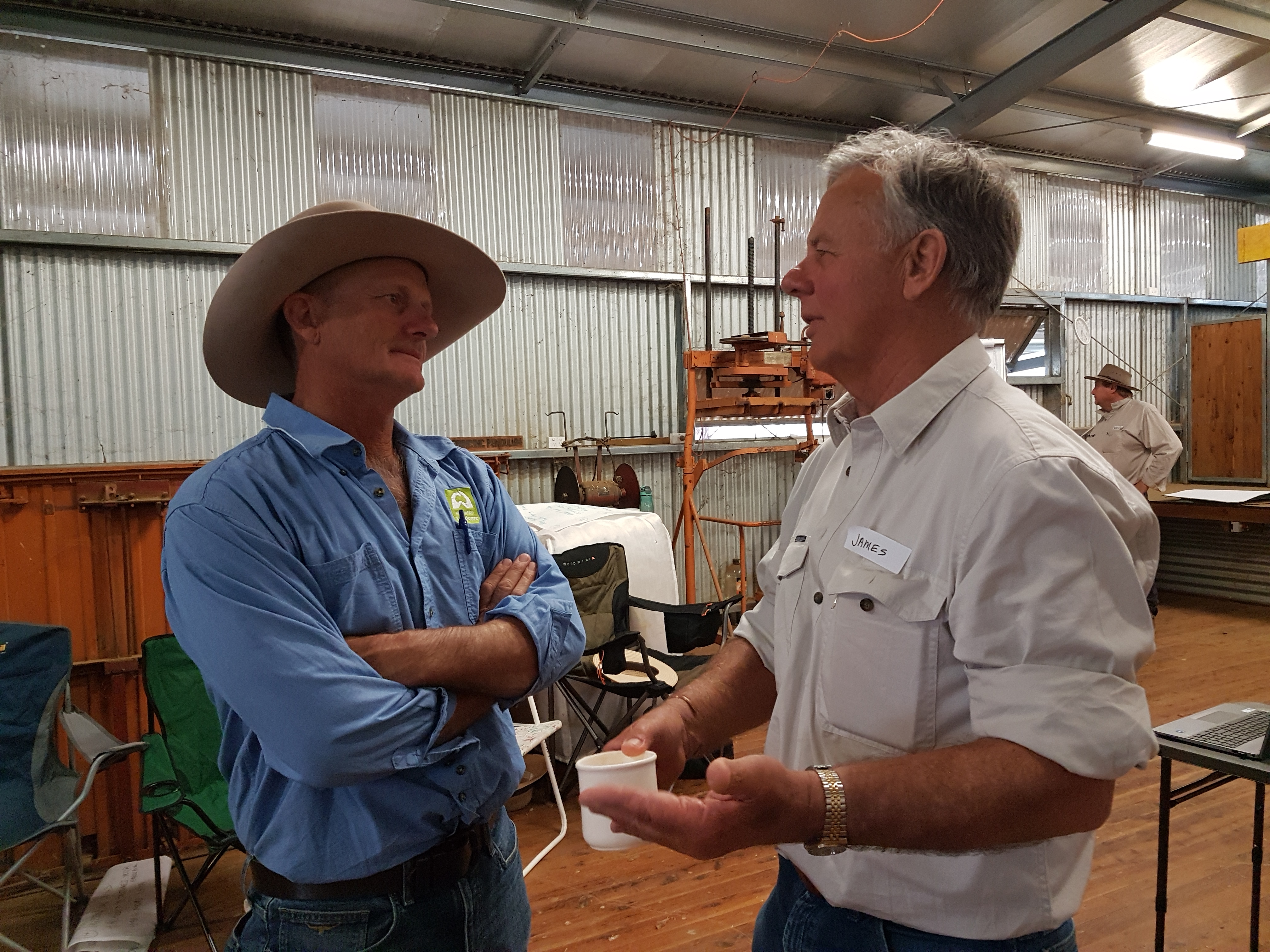
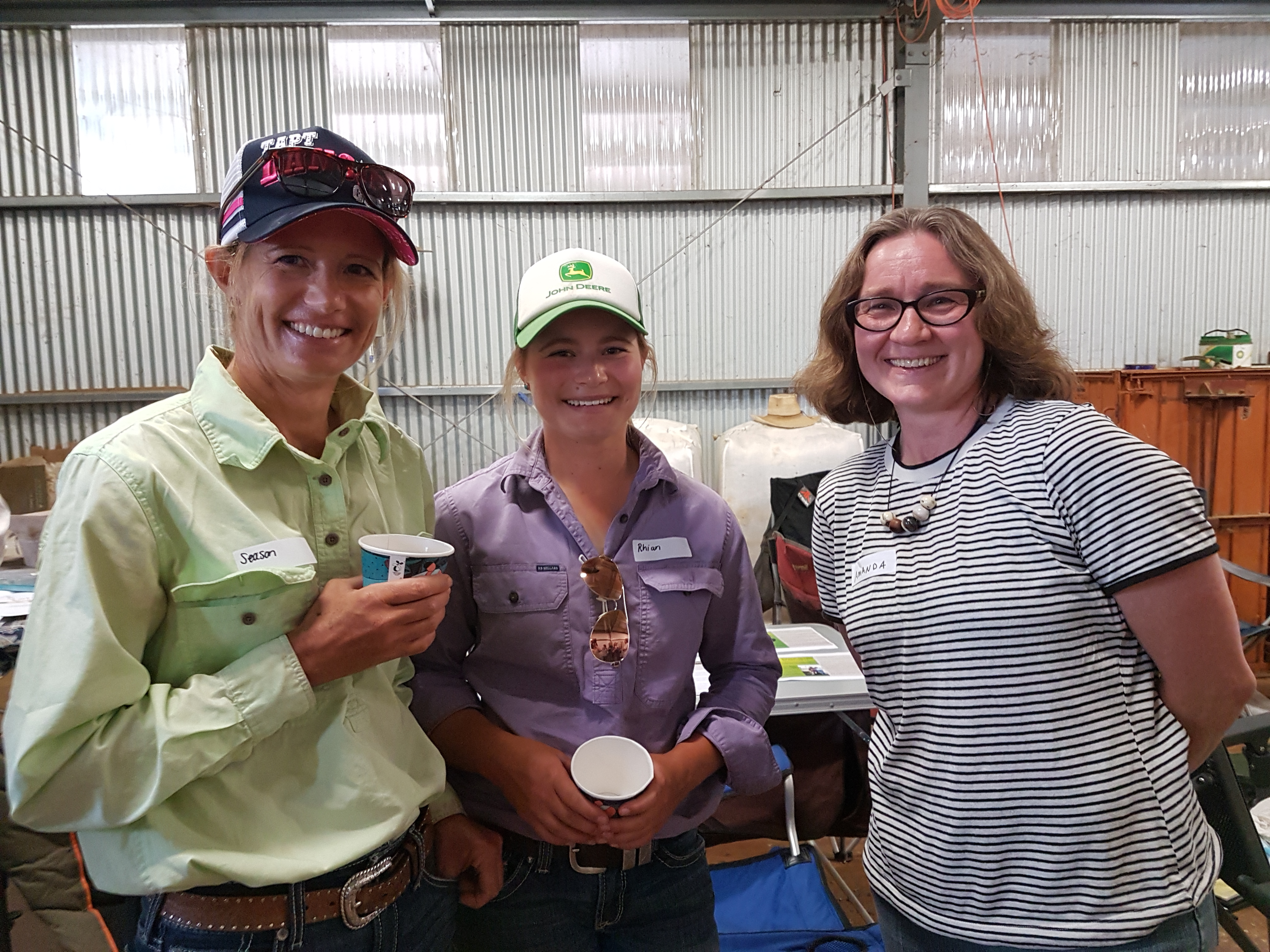
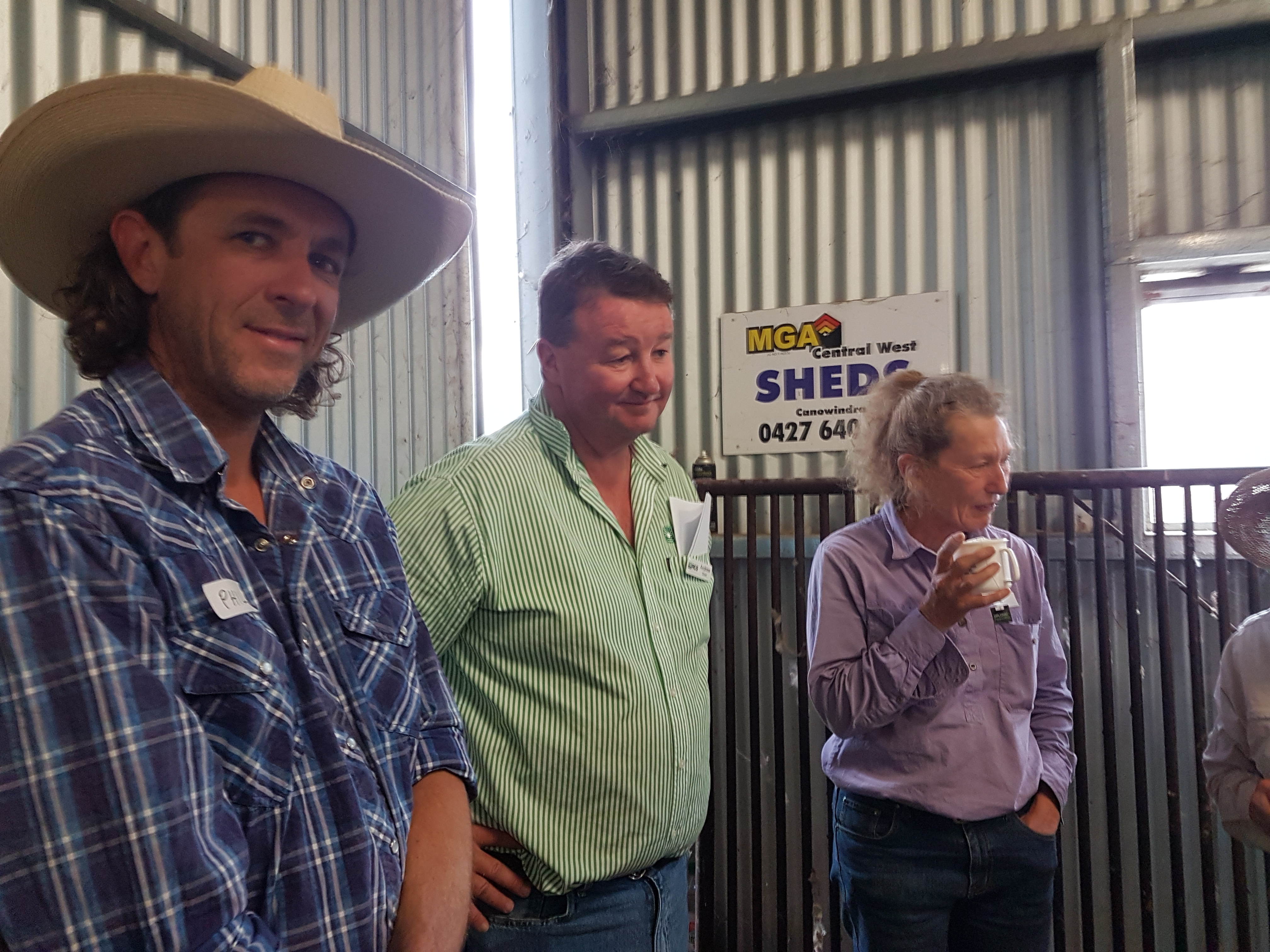
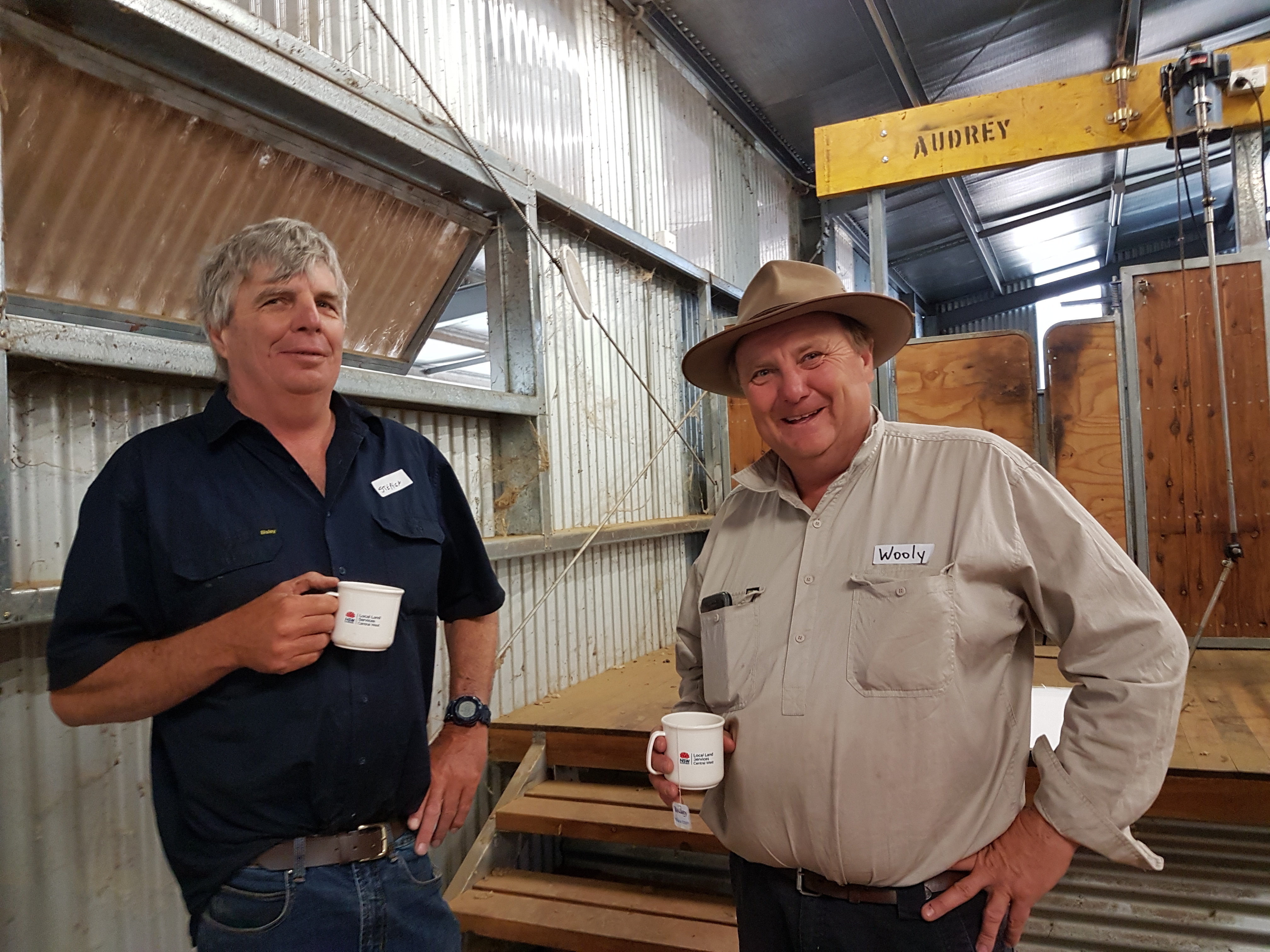
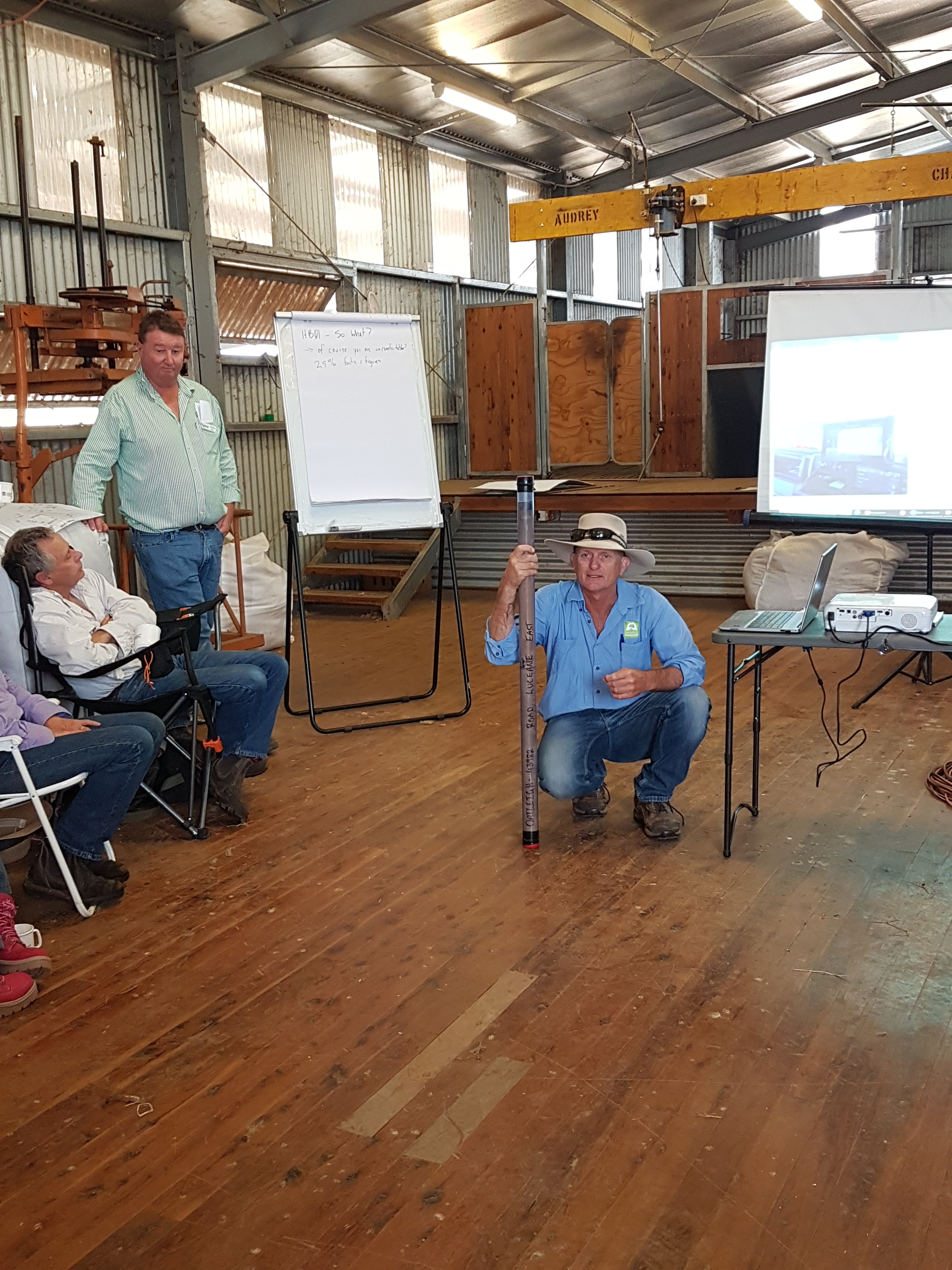
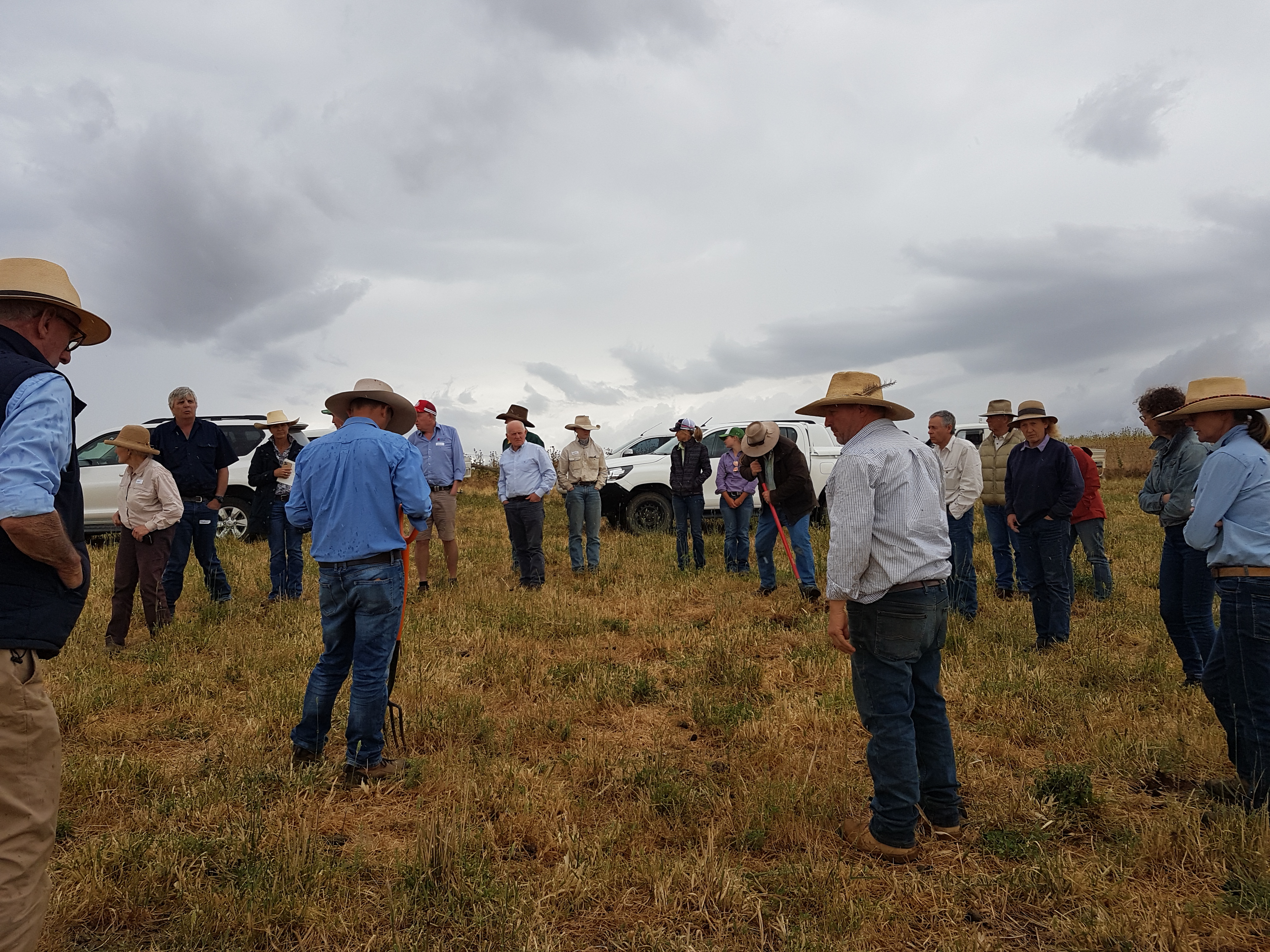
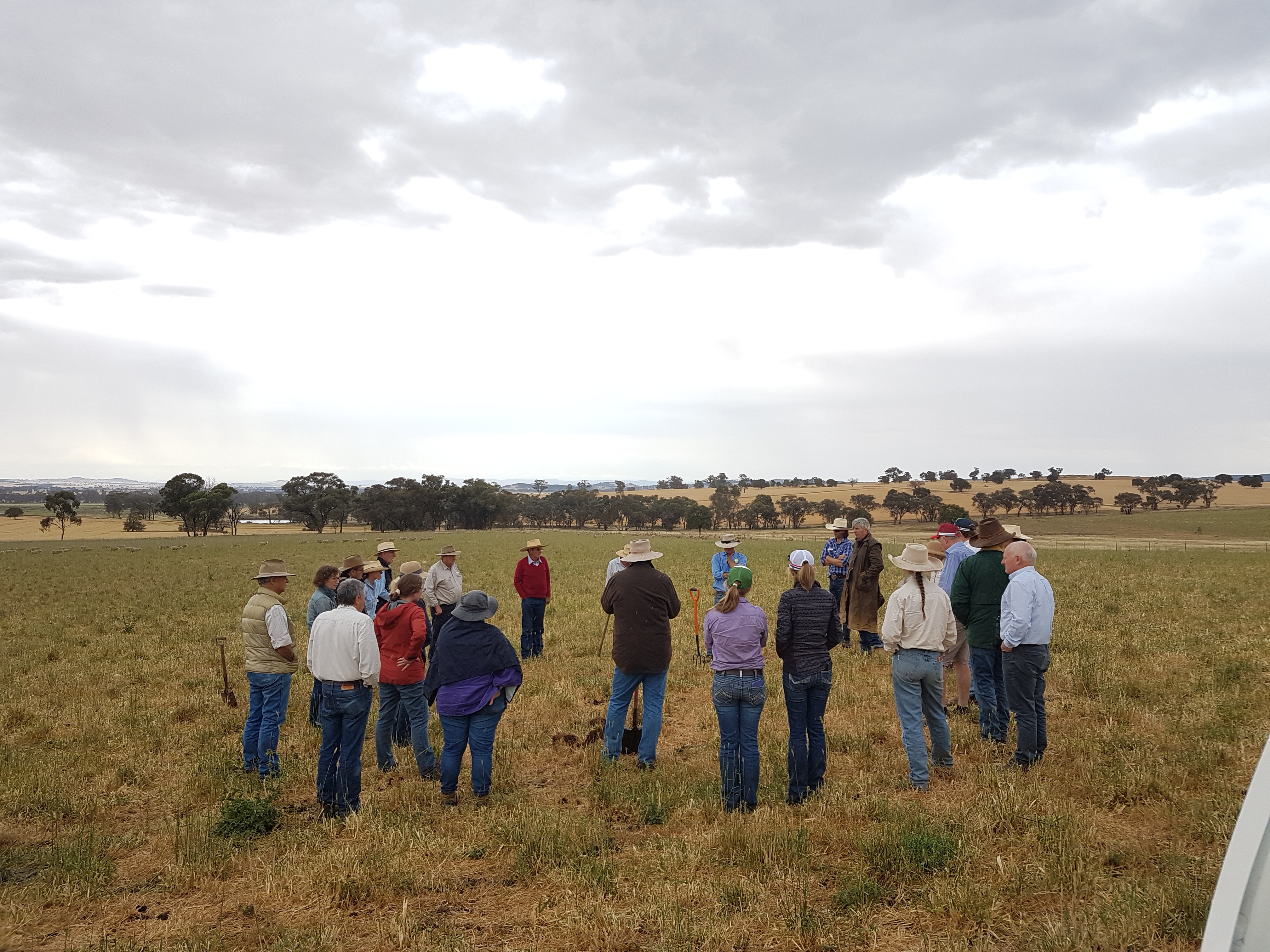

New Recruit for Mid Lachlan Landcare
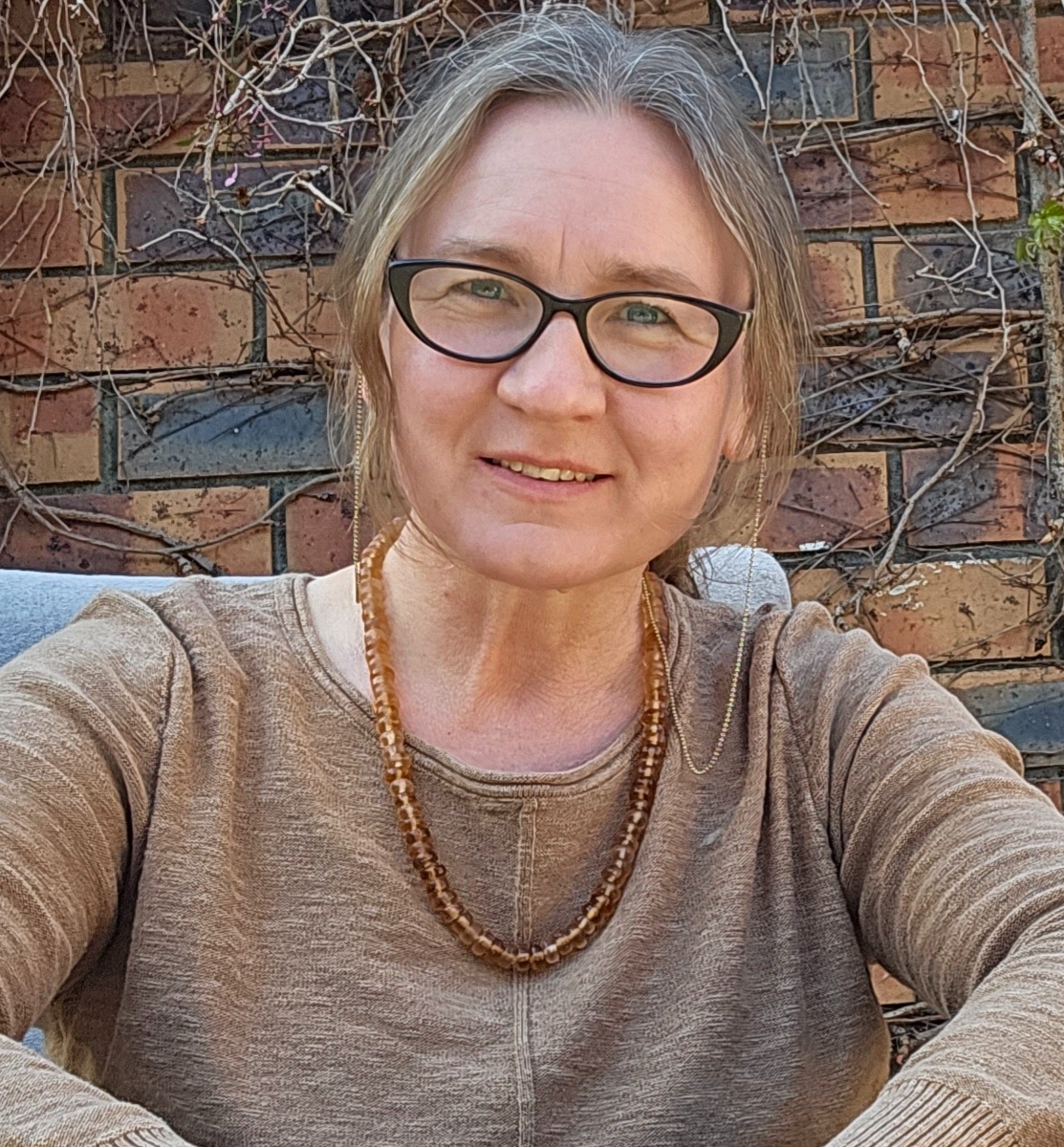
An additional new Landcare Co-ordinator has come to Mid Lachlan Landcare to help the
community of Cowra and its wider district with Landcare education and Landcare project
administration and management.
Amanda Foxon-Hill has a passion for plants, herbs, fungi and essential oils and brings skills in
small business management, teaching and Industrial Chemistry to her new coordinator role.
Amanda hails from the Blue Mountains but has been looking for the opportunity to spend
more time in the Woodstock-Wyangala region where she and her husband, Aubry own a
‘weekender’ land holding.
‘We have spent the past nine years undertaking conservation projects including weed
reduction and grassy-box woodland restoration on our block of land near Woodstock,’ she
said.
Foxon-Hill moved to Australia 19 years ago from Leicestershire in the United Kingdom. ‘We
both grew up among cattle farms and canola crops. We have found the Cowra-Woodstock
region to be very familiar to us and our upbringing.
‘When we immigrated to Australia, we were a family of five, with two young girls and a
father-in-law, looking for employment and education stability. The Blue Mountains gave us
this, but our children are now adults (one working in London and the other graduating as a
primary school teacher) and we are looking to focus on doing more of what we love, and
that means moving to our block in Woodstock,’ she said.
Existing Mid Lachlan Landcare Coordinator, Tracee Burke will be handing over some of her
tasks to Foxon-Hill. ‘We are pleased to find someone with the skills Amanda has to assist
with our activities,’ said Burke.
Why Scattered Paddock Trees?
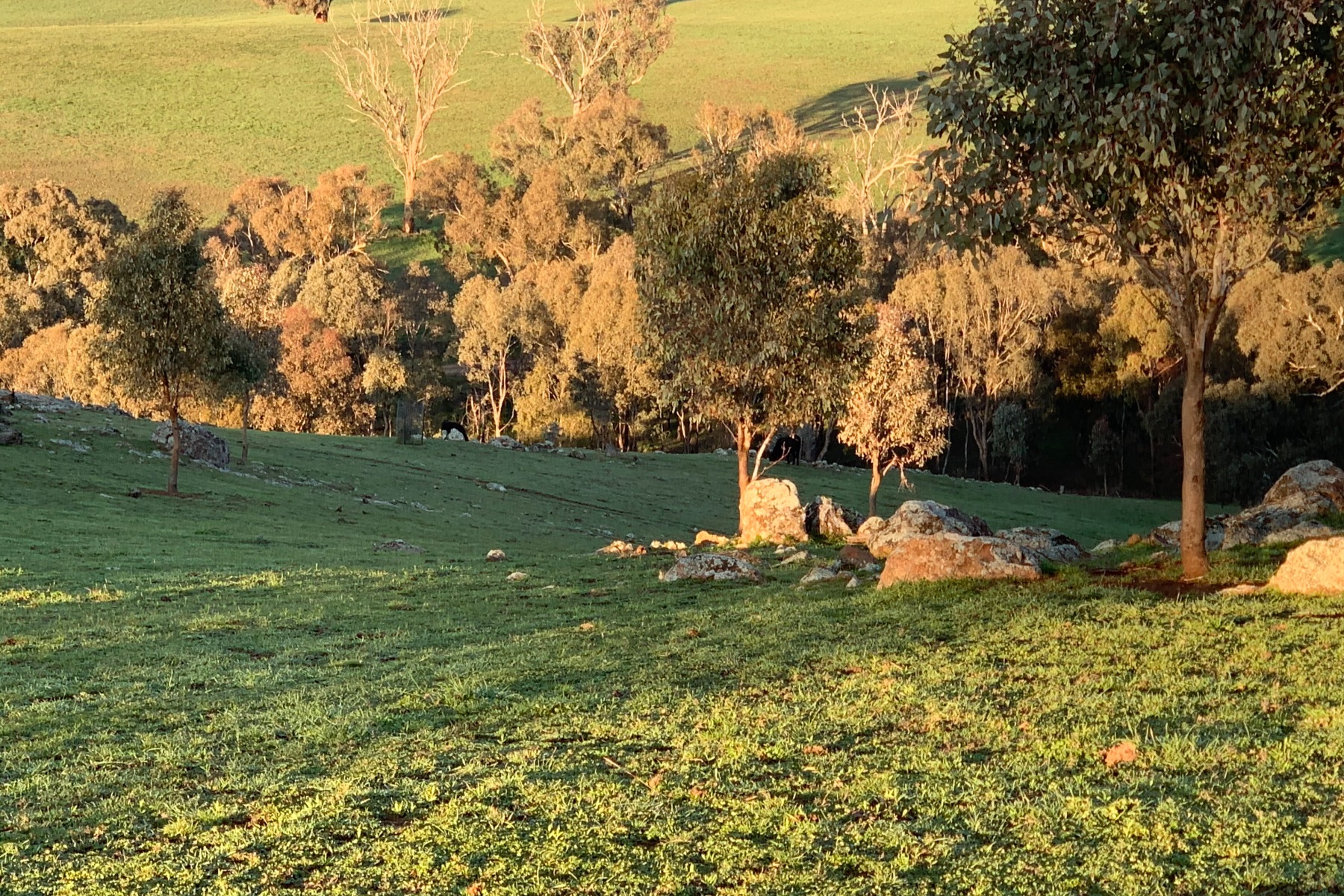
Why plant scattered paddock trees?
With the recent fantastic response to our community tree guard mesh purchase we thought we’d ask some of our members, who have been putting in these trees over the last few years, why they do it.
Hugh & Jess (Cargo)
“We were highly motivated to plant scattered paddock trees because we could see a number of our existing and mature eucalypts dying and others showing signs of ill health due to the drought and to ongoing farming pressure. We see established and mature trees as one of the most valuable resources on our property, they deliver benefits to our agricultural production systems, to the natural environment and to the wildlife to which they feed and provide nesting habitat. In addition they add value and beauty to our farm. Recognising that growing mature paddock trees is a long game we approached Mid Lachlan Landcare to seek some advice and got started. We’ve found that watching our trees grow and thrive has been very rewarding, we’re excited to observe our farm landscape changing and plan further scattered paddock tree plantings on a yearly basis across our property.”
Wendy (Canowindra)
“Our paddock trees aren’t getting any younger in fact most of them are senior citizens. They are so important for connectivity and biodiversity as well as shade for stock in a world that is getting hotter. There is no time to waste, get planting.”
Bron & Andrew (Canowindra)
“Andrew & I first planted some scattered trees back in 2016, when we got some funding for through Mid Lachlan Landcare. We are about to take the guards off these & be able to reuse the guards for more plantings. We found that planting scattered trees gives you the ability to plant them where you want without a lot of fencing .
The trees we have planted provide a connectivity for wildlife with other areas, not just on our farm but further afield & the trees also will give shade for the future.
We have continued on with these plantings since 2016 & will continue to do so.”
Guy (Woodstock)
“The bare paddocks in the distance prevent the passage of any wildlife apart from large birds and large mammals from moving across the landscape. The planted trees in the foreground attract a diversity of species that aid in sustainability and support production. Were planting individual paddock trees on all our properties as it’s win/win for us.”
These trees have had the guards removed now for use elsewhere
We also want to thank the ‘Saving our Species – Saving our Superb Parrot’ project for providing some funding for our community mesh purchase which has allowed everyone to recieve a further discount to help get trees into our local paddocks.

Creative Ways with Weeds – Blackberry Dye Making
2023/24 produced a long, wet summer just perfect for weeds and as such, many of us are sitting here, at the end of April, feeling exhausted by the unrelenting nature of…nature.
Weeds are just plants growing where they are not wanted.
Really? If that’s all there is to it, how come they spread so far and fast? How come I didn’t turn around to find those understory wattles, tea trees and hop bushes covering the back paddock?
There is, of course, more to it than that. Weeds, especially those classified as ‘priority’ are typically expert opportunists thanks to the lack of competition, the speed and voracity in which they produce seeds or, in the case of Blackberry, tip rooting.
Blackberry grows by producing trailing stems that can take root wherever the stems touch the ground, forming a new plant. This is what creates such a problem both in terms of weed management and groundcover – it doesn’t take long for a thick, tangled, brambly mess to develop and take over the whole area.
Mentally, tackling weeds can feel unrelentingly soul sapping. The saying ‘Nature abhores a vaccuum’ can be traced back to Aristotle and while I can’t confirm he came up with the saying while weeding, I’ve no evidence to deny it either! Aristotle noted that ‘unfilled spaces go against the laws of nature and physics‘ which, in farming and conservation terms means, uncovered ground won’t remain that way for long and if we don’t plant something, the weed gods will. At least sometimes…
While all plants require nitrogen, potassium and phosphorus to thrive, there comes a point when enough’s enough and any more becomes toxic. Both the over-use of fertilisers and presence of animal manure increase nitrate and phosphate levels with soil management decisions largely responsible for fluctuations in soil potassium. Add to that soil compaction, mineral imbalances and erosion and you have created the perfect opportunity for a weed-shaped headache in the form of bare earth (the ‘vaccuum’) and toxically high, or out of balance, nutritional levels (NPK).
In a natural system, Nitrogen, Phosphorus and Potassium are made available to plants via soil organisms such as worms, nematodes and a whole host of microorganisms. These organisms transform soil minerals into forms plants can access, allowing them to develop stronger roots, leaves, fruits and seeds. This symbiotic relationship supports a balanced, diverse and more resilient ecosystem that leaves little to no room for weed infestation.
Well that’s a great story but what can I do about my weed problem now?
As anyone working on the land will appreciate, change takes time, money and hard graft. That’s undoubtedly why waking up to a paddock full of weeds feels like such a kick in the guts. While we can’t change the reality of that, what we can do is offer up a few ideas to help us stay mentally engaged, curious and energised.
This is the first in our ‘Creative Ways With Weeds’ series, designed to help us stay on the weed-busting wagon. Sure, not everyone is going to want to make blackberry dye, but someone might and that someone might just be able to help you with a bit of weed management while they are at it!
They say you can’t make a silk purse out of a sows ear but I beg to differ, I can’t wait to hear about what you create on your weed-engagement journey!
Funding Round – Saving our Superb Parrot 2024 Now Closed
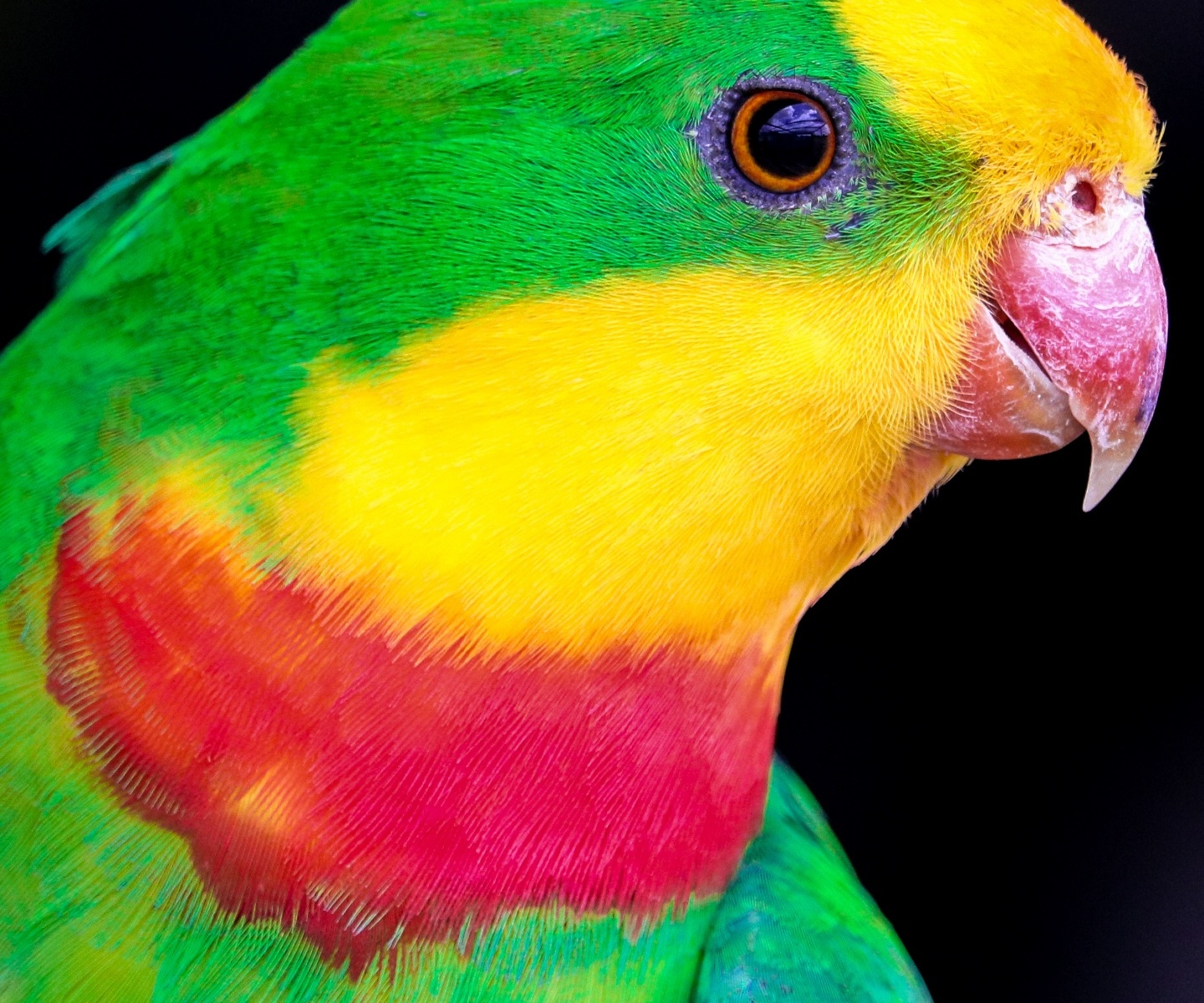
Photo Credit – Jayden Gunn
Ongoing funding means we are able to continue supporting the critically important work everyone has been doing to put scattered paddock trees back into our farms. Planting trees, for the future, to help the Superb Parrot plus many other species in the long term. Some of the key threats to the Superb Parrot are the loss of living and dead hollow bearing trees and poor regeneration of nesting trees. There is a fantastic fact sheet, put together by Local Land Services, about the importance of scattered paddock trees in our landscape and for our farms here
We received a small amount of funding to enable planting of the Superb’s preferred understory plant species and will be providing updates on how that’s tracking during 2024.
Most of you would now be very familiar with the paddock tree work and the mesh we have been using to construct the guards. The cost of this mesh and star pickets has increased significantly over the last few years and as such, we are delighted to be in a position where we have been able to contrinute 70% towards the cost of the mesh, star pickets and trees for this project. We have also provided up to 70% of the cost of understory tubestock and guards.
We really appreciate the interest we received in this project and encourage any interested parties to stay in touch for future funding rounds and activities. You can find out more about the Superb Parrot Project and scattered paddock trees on our website here and can access a Mid Lachlan Landcare region map here to see if your property falls under our region. Mid Lachlan is the blue section.
In the meantime, for those of you wanting to learn more, we have a great video about how to construct the guards here
Please contact us midlachlanlandcare@gmail.com if you would like to be added to our newsletter and informed of future projects like this.

eDNA & the Citizen Scientist

We live in a world where seeing is believing and time is money but try telling that to a Platypus…
During November, Mid Lachlan Landcare were part of the Central Tableland’s contingent participating in The Great Australian Wildlife Search sponsored by environmental research charity Odonata. Our target species was the Platypus and for this survey, rather than relying on our own five senses, we were equip with cutting-edge technology in the shape of eDNA collection kits. To say we were excited was an understatement!
‘E”, or ‘environmental’ DNA sampling uses the presence of genetic markers shed by the target species into their surrounds to confirm their presence in an area. As any true-crime fan will know, we shed and transfer DNA all the time and while not entirely fool-proof, DNA profiling is arguably the strongest evidence we have when it comes to confirming identity.
While the results aren’t in yet, we’re keeping our fingers crossed that we’ll detected shed DNA from Platypus faeces, mucous, gametes, skin or hair in some of the samples we collected. Shed DNA remains viable for up to 14 days depending on the weather and water conditions making one water sample as good as two weeks of continual watching and waiting. Not only does this technology broaden the window we have for ‘seeing’ our target species, it also provides us with the gold-standard science-backed evidence favoured by governments and large conservation organisations.
According to EnviroDNA, the company who produce the test kits, the Great Australian Wildlife Search we participated in is the largest systematic investigation of platypuses ever undertaken and one that has been made possible thanks to Australia’s growing interest in Citizen Science.
In addition to the scientific value this technology brings, eDNA makes environmental surveying more time-efficient and accessible. As such Mid Lachlan Landcare are keen to add eDNA testing into future projects wherever funding and opportunity permits.
Great Southern Bioblitz
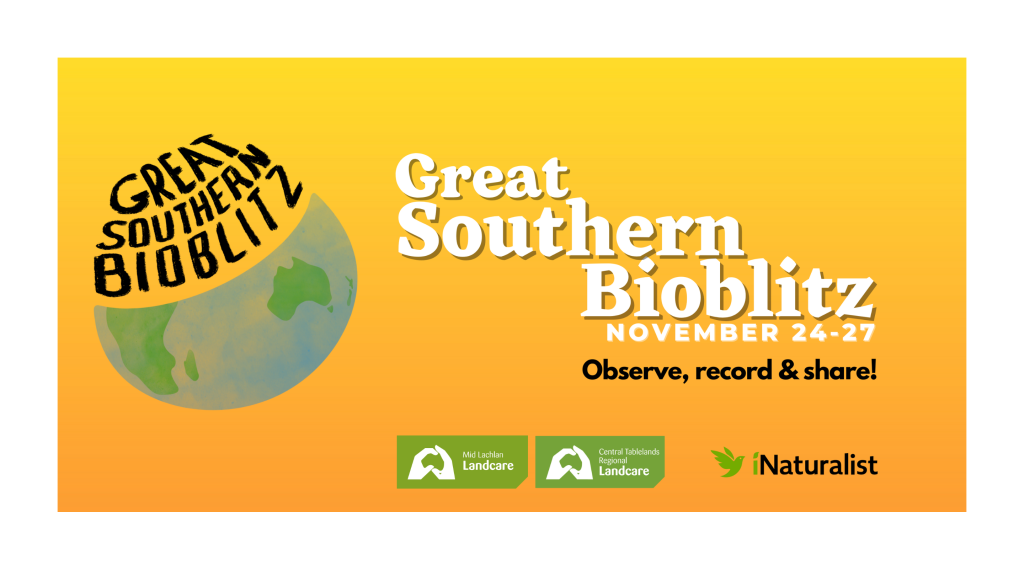
The Cowra region is home to some of the most beautiful Box Gum Grassy Woodland habitat remaining in Australia and at this time of the year the landscape is a real feast for the senses.
The air is sweet with honey nectar from Yellow Box Gum trees and in between the tufts of wallaby grass you’ll spot the deep purple hues and warm, vanilla scent of chocolate Lillies.
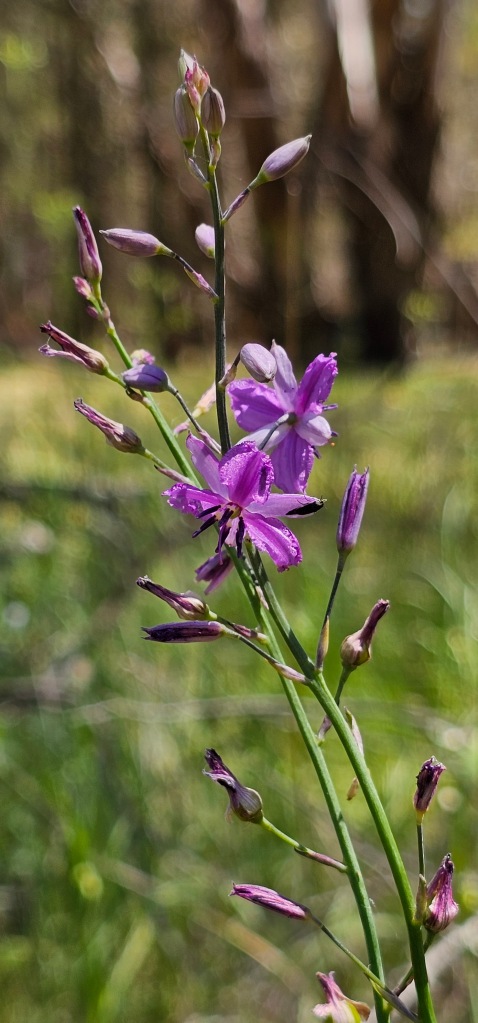
Later this month Mid Lachlan Landcare will be hosting a biological census morning on a local Box Gum woodland site as part of the Great Southern Bioblitz. This is a chance to learn more about this fabulous habitat and become a scientist for a day!
The Great Southern Bioblitz started in 2020 and is a citizen science census running from November 24-27th. It is an opportunity for all southern hemisphere countries to showcase our biodiversity and get to know the flora and fauna that surrounds us a little better.
The census is open to everyone and can be joined by downloading the iNaturalist app onto your phone, creating an account and then uploading the flora and fauna you see during the study period.
Participation can be individual, as a group or both and you may choose to survey your garden or farm, your favourite bush walk or even that quiet little spot down by the river.
Mid Lachlan Landcare’s event details are as follows:
Date: Friday 24th November
Time: Meet 8.30 for 9am start – Noon.
Location: 1128 N Logan Rd, Cowra Habitat: Box Gum Woodland with Lachlan River Riparian areas.
RSPV: midlachlanlandcare@gmail.com or call Amanda on 0439 576 903
You can also book a ticket here.
Bring the whole family plus sun/rain protection, water and enclosed shoes
This event is supported by our Box Gum Grassy Woodland Habitat on Farm project funded through the NSW Saving our Species program.

Woodland Wildflower and Orchid Walk
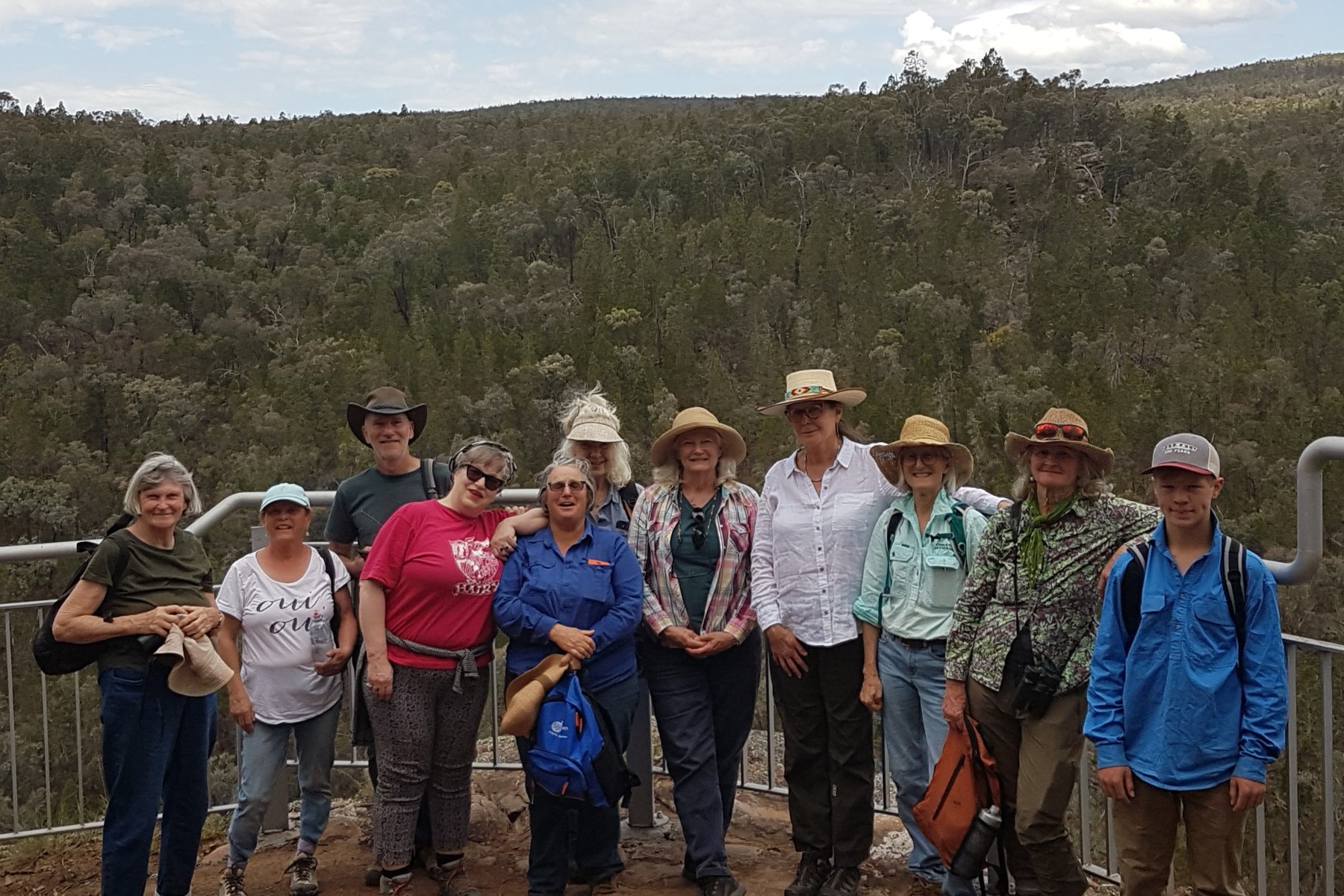
The day couldn’t have been any better for our Woodland Wildflower and Orchid walk at the end of September. We had along some new people who hadn’t been involved with Mid Lachlan Landcare previously which was fantastic, and we all made some new friends as well as seeing some of the gorgeous local wildflowers and orchids.
It is amazing to think that much of our local Box Gum Grassy Woodlands used to be covered in many wildflowers, lilies, and orchids. Most of these have now been grazed out unfortunately, but you can see an amazing diversity up around Conimbla National Park.
Some favorites for everyone on the day were the Purplish Beard Orchids, Gompholobium huegelli (what a name!), Dampiera, the Bearded Greenhood and a couple of Sun Orchids. We’ve created a bit of a list of what we found including pictures that we are happy to share with anyone who would like to see it.
Towards the end of the year, we are planning to do another walk up there to visit the Flannel Flowers which are rare around this area. We are also keen to see what else we can find. If you would like to take part in our next walk or get involved in other opportunities with Mid Lachlan Landcare, please get in touch with Tracee on 0417 799 425 or email us to be included in our subscribers list midlachlanlandcare@gmail.com
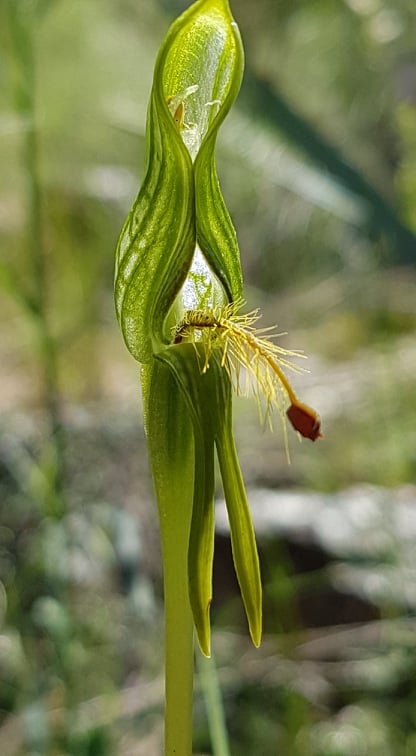
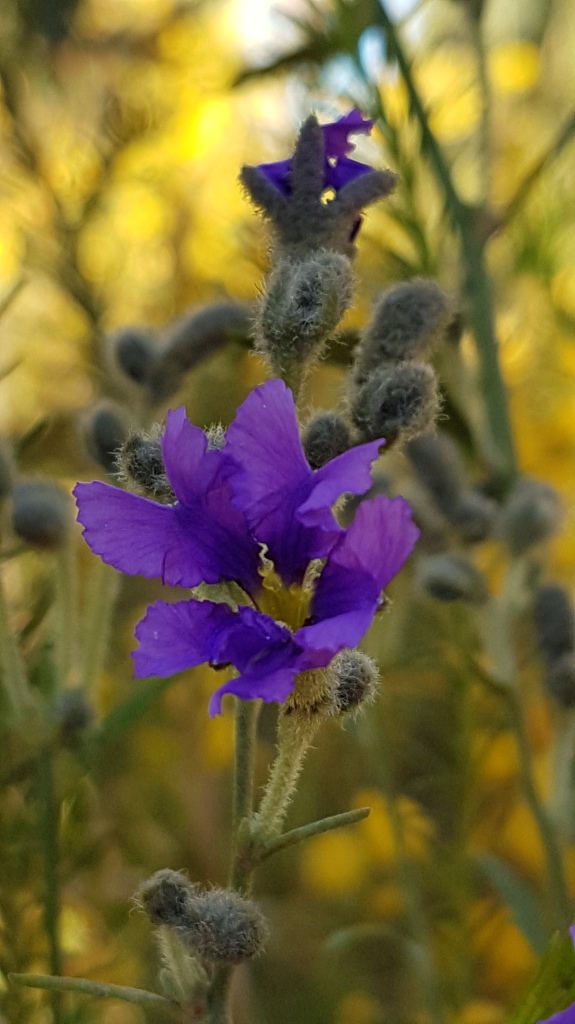
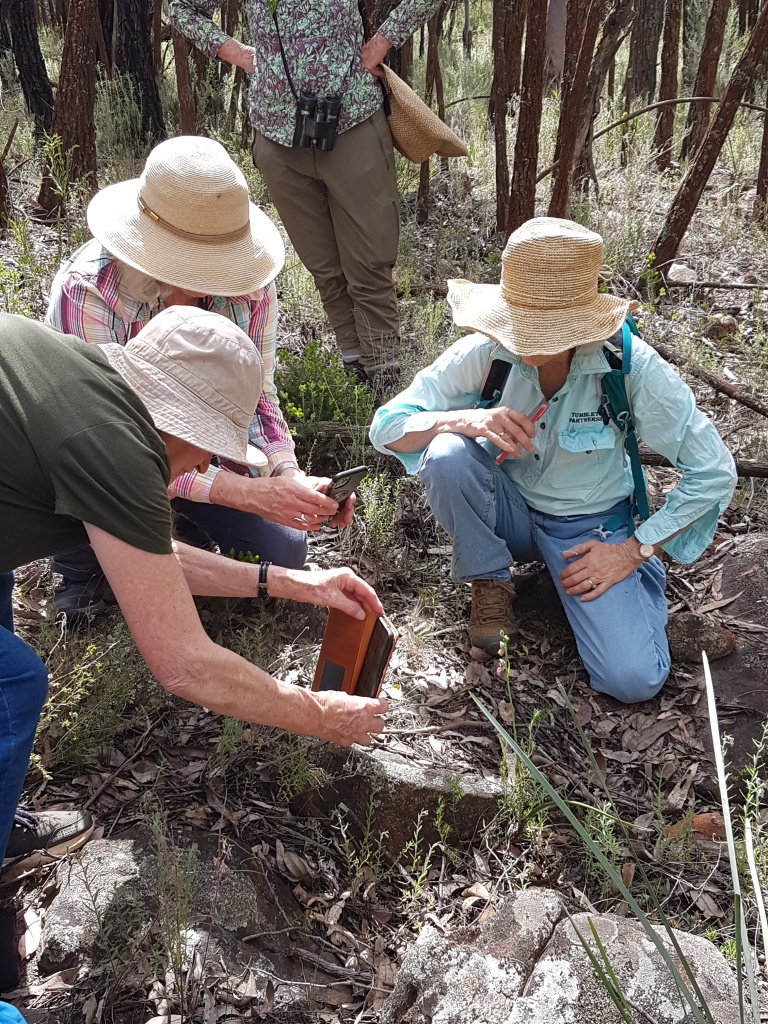
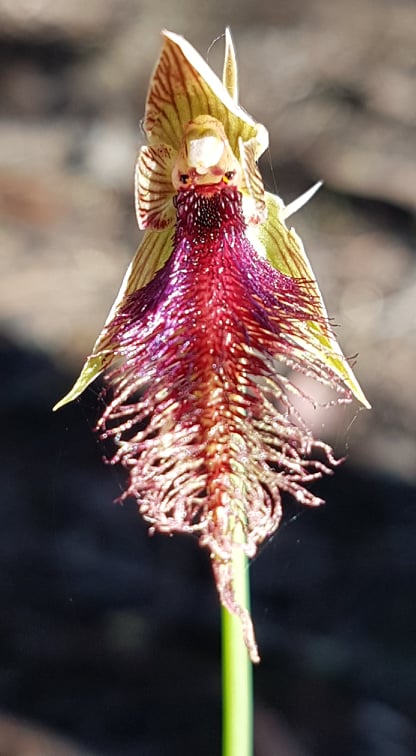
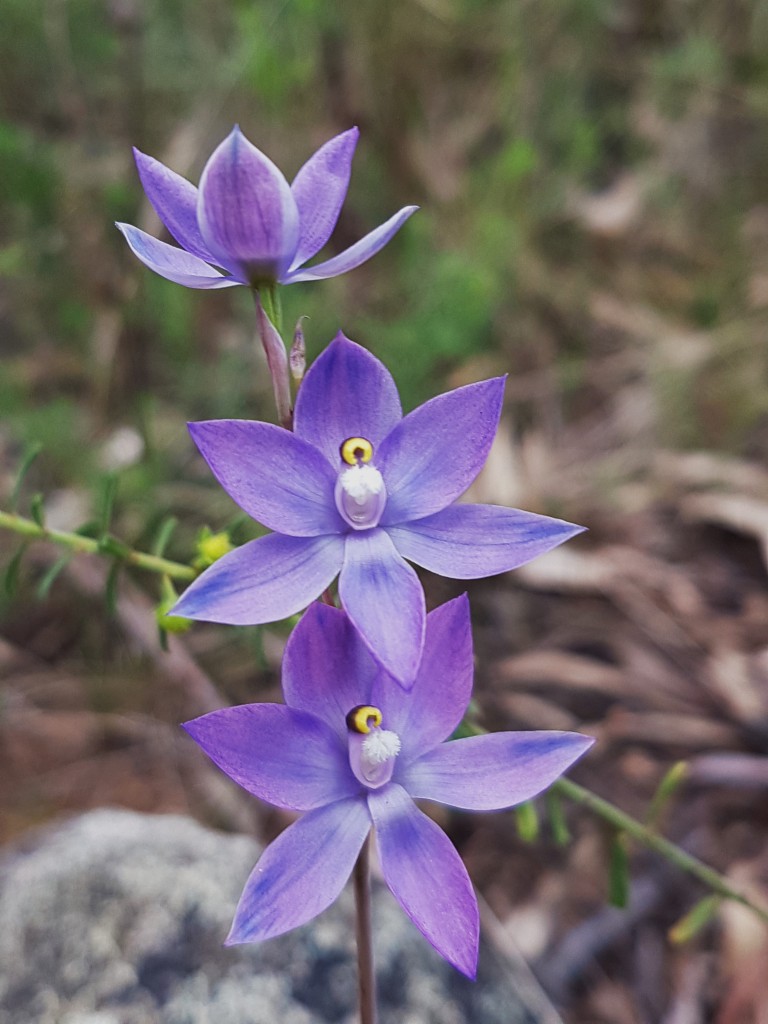
Box Gum Grassy Woodland Habitat on Farm – Funding Available
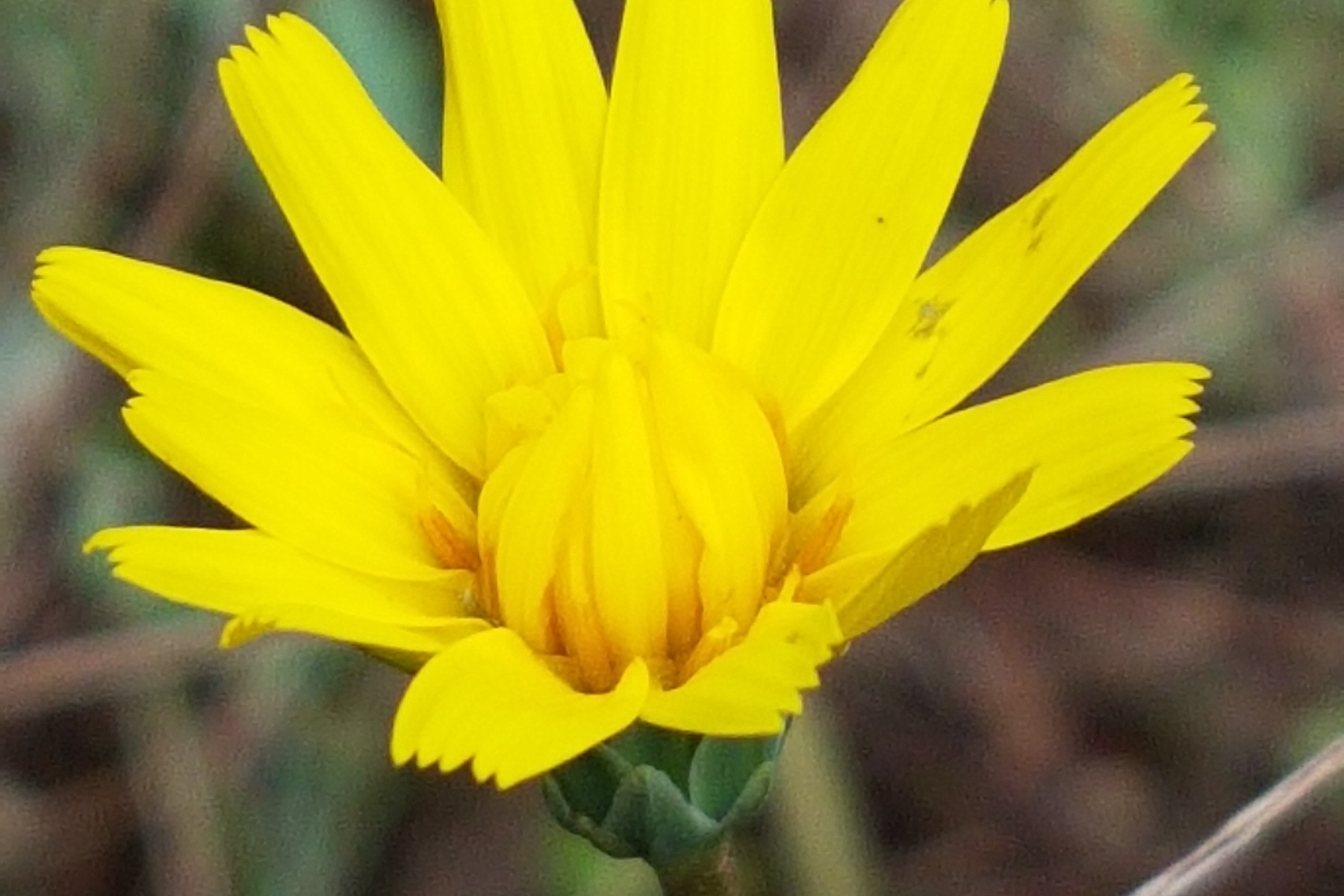
If you live in the Cowra/Canowindra region, have some remnant woodland on your farm and would like to take some actions to protect or enhance it for the future, we would love to hear from you.
Some activities you might like to undertake could include:
- controlling weeds
- increasing woodland patch sizes and improving condition
- reconnecting fragmented remnant patches
- fencing off remnant patches to allow strategic grazing.
- establishing appropriate grazing regimes to improve groundcover within a remnant area.
- supplementary planting within the remnant area
- supplementing lost timber with other woody debris
We can provide funding to help with these activities if your remnant area is Box Gum Grassy Woodland. Don’t worry if you are unsure what type of remnant patch you have. Our project officer is more than happy to discuss with you and work it out.
To find out more about how to get involved please send Tracee an email at midlachlanlandcare@gmail.com by the 30th of September 2023 and let her know you are interested. Please include your nearest town. Or you can give her a call on 0417 799 425.
White Box, Yellow Box, Blakely’s Red Gum Grassy Woodland is now listed as a critically endangered ecological community, and we can take actions on our farms to help it survive into the future. We are really looking forward to hearing from you and doing some awesome projects over the next 12 months.
This project has been made possible thanks to the NSW Government via the NSW Environmental Trust, the program is interested in collaboration between Government, the community, non-government organisations and industry.

Woodland Wildflowers and Orchids
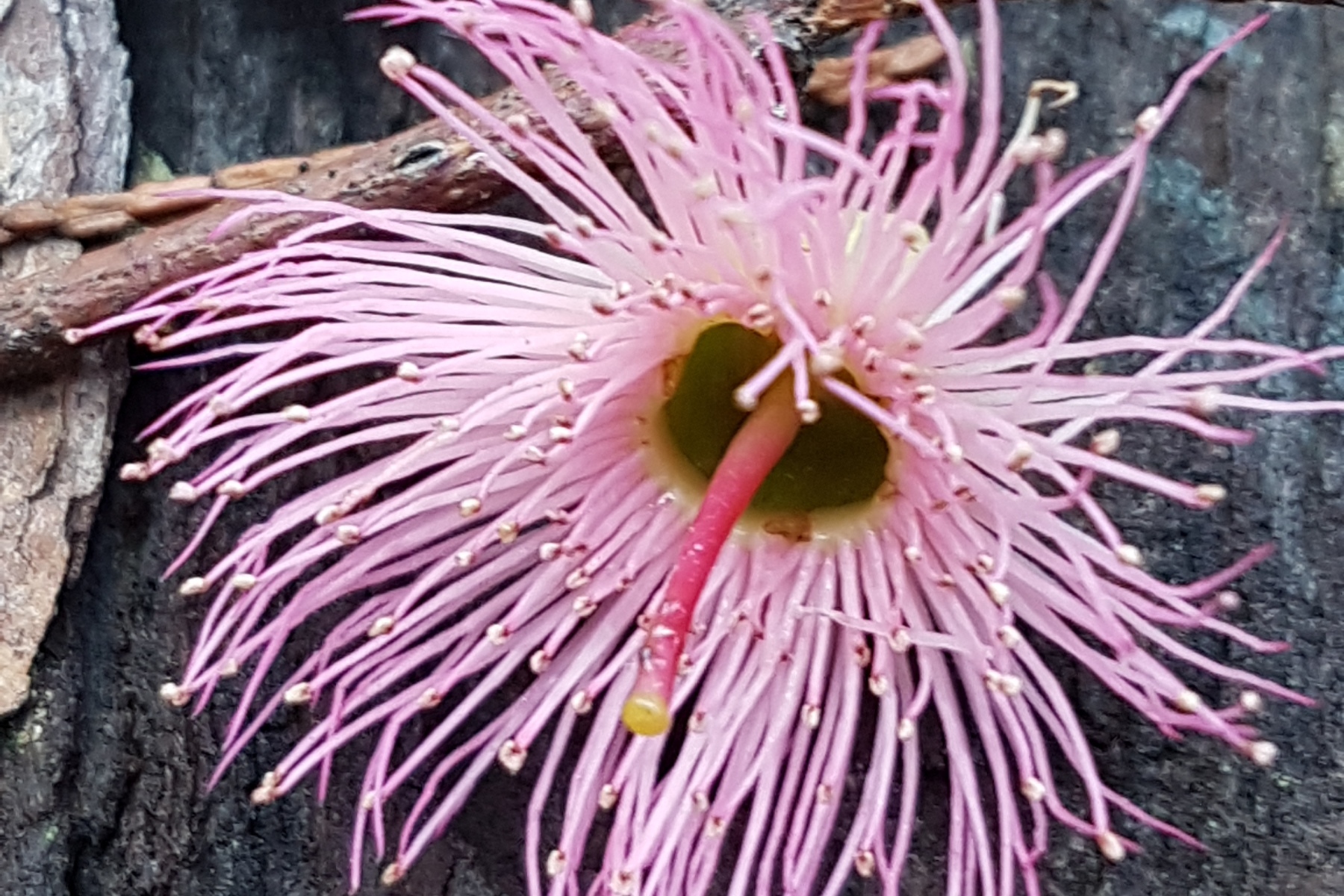
Spring has sprung, and the weather has been magnificent. Perfect for a trip out to Conimbla National Park for a walk and maybe a picnic. Every couple of days there are new plants coming out in flower with a gorgeous display of colours.
Currently the Hardenbergia is out with its clusters of small purple flowers and the spray of blue flowers from the Nodding Blue Lilies are just lovely. There are small Beard Heaths covered in tiny white flowers and of course we can’t forget the green and gold of the many varieties of Wattle currently flowering. It really is worth a visit if you get a chance. It’s even worth heading up there once a week at the moment as new plants are continuously coming out in flower.
A favorite are the orchids and we have photographed over 20 species up there over the last few years. On the weekend the Donkey Orchids were flowering and the tiny Blue Fairies.
Conimbla National Park covers 7590 Hectares and is important because it contains a sample of plant and animal communities of the Central West. Establishment of the Park was first proposed in 1963 and was turned into a National Park in the early 1980’s.
Last week we found some Yass Daisies, which are a threatened species, and this would be about the Western limit for this plant. A little later this year the Flannel flowers will also be coming into flower. The Flannel flowers are rare in the Central Western slopes region so it’s special to have them here in our local National Park.
We are going to have a walk up there on Tuesday the 25th September starting at 9.30am. It is a bring your own everything event. We will start with a quick cuppa and chat then head out to see what we can find. Below is a selection of just a few things that were out a couple of weeks ago. I can’t wait to see what species will be in flower when we get up there. You can book your spot on the walk here
Cowra Concentrates on Trees for Landcare Week
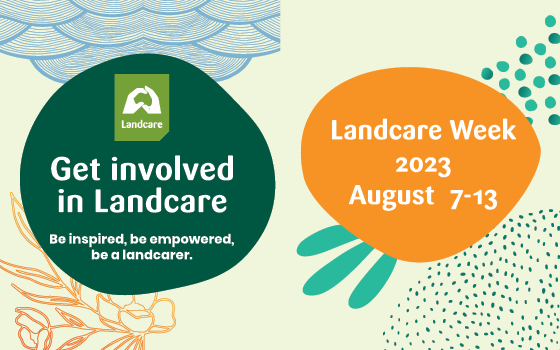
August 7 marks the beginning of National Landcare Week. To celebrate, Mid Lachlan Landcare (MLL) is launching its new online instruction video, ‘How to Build a Paddock Tree Guard’.
‘Every week is considered Landcare Week by Mid Lachlan Landcare,’ says coordinator Tracee Burke. ‘But for this Landcare Week, we are celebrating all our region’s tree planting achievements and we invite district residents to share their tree stories with us.
‘Trees are so essential’ says MLL’s Education Officer, Trudi Refshauge, who recently spoke to all the Year five and six students at Cowra Council’s Tree Day. The students told me, ‘trees are important for oxygen, firewood and koalas. At the end of my session, they understood our native gum trees support far more beneficial and complex ecosystems, involving native animals, fungi, flora and agriculture.
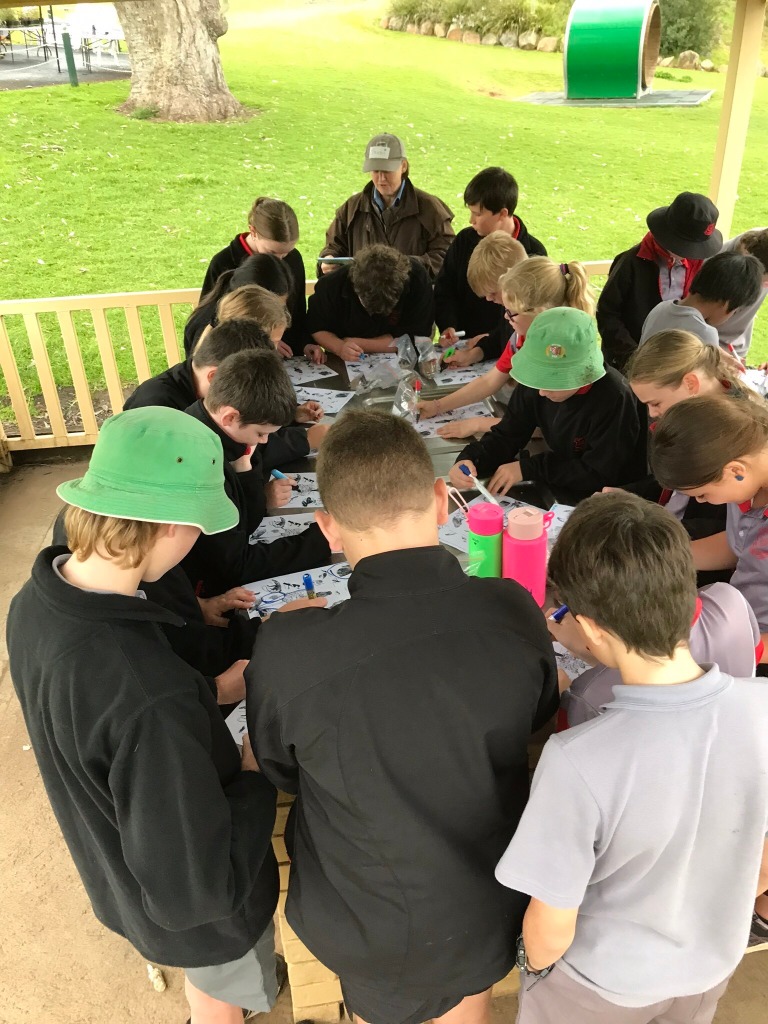
MLL’s Education Officer, Trudi Refshauge, speaks to Year five and six students at Cowra Council’s Tree Day.
‘The first thing students did when they arrived, was to run to the base of the largest eucalypt tree in the Nature Playground, depositing their bags and drink bottles for safe keeping. I told them that turtles, birds, marsupials, and lizards use trees in a similar way; to navigate and seek shelter and refuge.
Trudi Refshauge shows students how our native gum trees support many beneficial and complex ecosystems, involving native animals, fungi, flora and agriculture through her game ‘DINGO’.
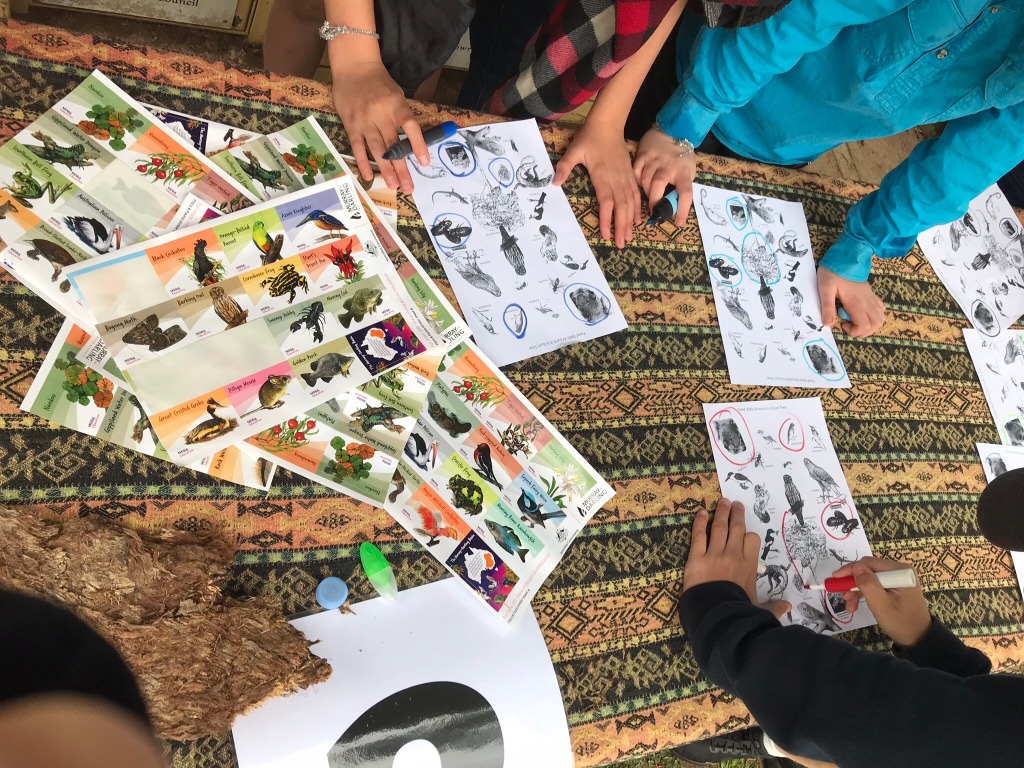
‘District landholders are planting trees across our network and are noticing the important work trees do, functioning as natural pumps and air conditioning units. They tell me, in frosts the air is warmer, in scorching heat, the air is cooler. In areas of waterlogging, a chain of paddock trees can stabilise soil. Research from the Australian National University claims these native paddock trees and shelter belts encourage native insects that protect grasses and crops from harmful and damaging insects.
MLL is currently supporting landholders to plant new paddock trees, protect established old trees and improve habitat and connectivity for the Superb Parrot.
Scattered paddock trees are critical to the Superb Parrot’s survival, says Coordinator Tracee Burke. ‘For a range of reasons, farm trees, including ones that are more than 100 years old, aren’t being replaced when they die. We encourage all landholders to protect old paddock trees and plant new ones.
Funding has come from the NSW Government’s Saving Our Species (SOS) Program and fourteen landholders in Cowra, Canowindra, Cargo, Gooloogong, Manildra, Newbridge and Woodstock (all within the Mid Lachlan Landcare boundary) have been successful in receiving rolls of steel cage mesh, fence posts and native tube stock.
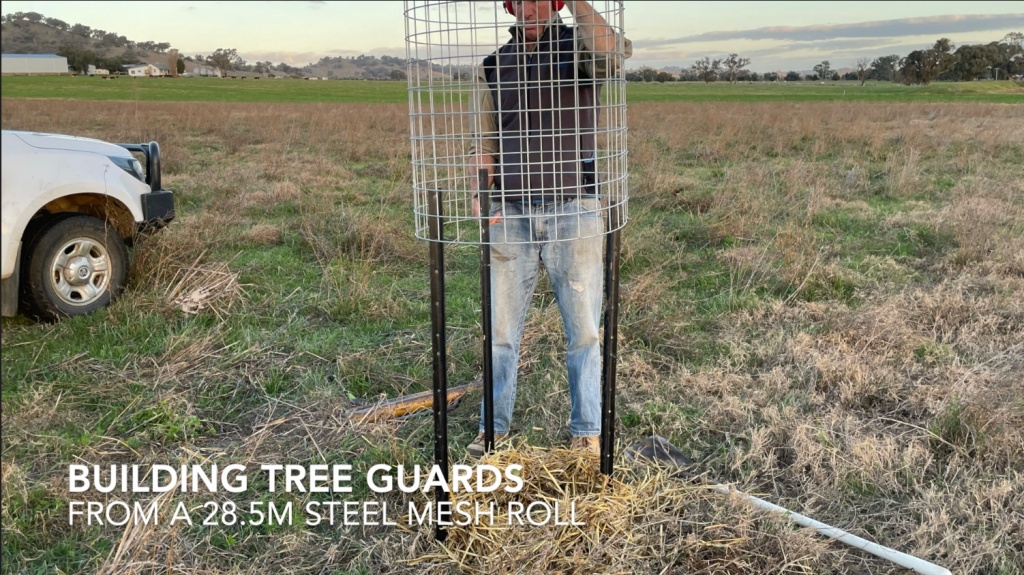
This YouTube video is available to anyone needing help to build a paddock tree cage.
‘Some of our newer landholders needed additional support with the cage construction process so we were grateful our volunteer member, Gordon Refshauge, was willing to help us make a video on his paddock tree cage construction technique,’ said Burke.
Tell us about your tree growing stories; contact midlachlanlandcare@gmail.com


